Fujitsu Isotec 015M33324A Dot Matrix Printer User Manual FUJITSU DL7400
Fujitsu Isotec Limited Dot Matrix Printer FUJITSU DL7400
Contents
- 1. Users Manual 1
- 2. Users Manual 2
- 3. Users Manual 3
Users Manual 1

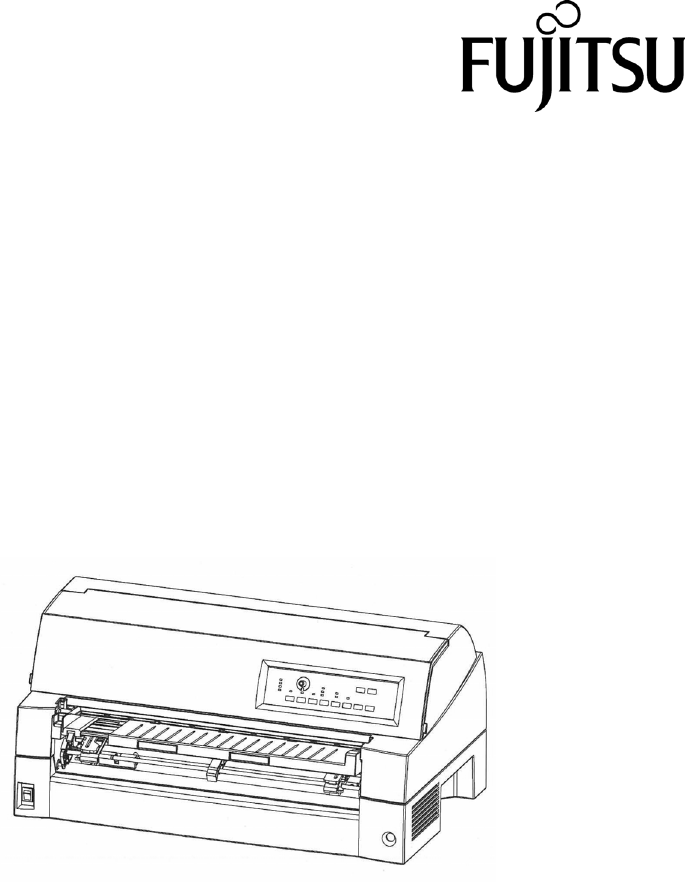
FUJITSU DL7400
DOT MATRIX PRINTER
USER'S MANUAL

READ THE ENTIRE MANUAL CAREFULLY BEFORE USING THIS PRODUCT.
INCORRECT USE OF THE PRODUCT MAY RESULT IN INJURY OR DAMAGE TO
USERS, BYSTANDERS OR PROPERTY.
While FUJITSU ISOTEC has sought to ensure the accuracy of all information in this manual,
FUJITSU ISOTEC assumes no liability to any party for any damage caused by any error or
omission contained in this manual, its updates or supplements, whether such errors or omissions
result from negligence, accident, or any other cause. In addition, FUJITSU ISOTEC assumes no
liability with respect to the application or use of any product or system in accordance with
descriptions or instructions contained herein; including any liability for incidental or
consequential damages arising therefrom. FUJITSU ISOTEC DISCLAIMS ALL WARRANTIES
REGARDING THE INFORMATION CONTAINED HEREIN, WHETHER EXPRESSED,
IMPLIED, OR STATUTORY.
FUJITSU ISOTEC reserves the right to make changes to any products described herein without
further notice and without obligation.
This product is designed and manufactured for use in standard applications such as office work,
personal devices, household appliances, and general industrial use. This product is not intended
for special uses (nuclear-reactor control in atomic energy facilities, aeronautic and space systems,
air traffic control, operation control in mass transit systems, medical devices for life support, or
missile firing controls in weapons facilities) where particularly high reliability requirements exist,
where the pertinent levels of safety are not guaranteed, or where a failure or operational error
could threaten a life or cause a physical injury (hereafter referred to as “high-risk” use).
Customers considering the use of this product for high-risk applications must have safety-
assurance measures in place beforehand. Moreover, they are requested to consult our sales
representative before embarking on such specialized use.
IMPORTANT NOTE TO USERS
Using This Product in High-risk Situations

User's Manual i
Federal Communications Commission
Radio Frequency Interference Statement
for United States Users
NOTE: This equipment has been tested and found to comply with the
limits for a Class B digital device, pursuant to Part 15B of the FCC
Rules. These limits are designed to provide reasonable protection against
harmful interference in a residential installation. This equipment
generates, uses, and can radiate radio frequency energy and, if not
installed and used in accordance with the instructions, may cause harmful
interference to radio communications. However, there is no guarantee
that interference will not occur in a particular installation. If this
equipment does cause harmful interference to radio or television
reception, which can be determined by turning the equipment off and on,
the user is encouraged to try to correct the interference by one or more of
the following measure:
• Reorient or relocate the receiving antenna.
• Increase the separation between the equipment and receiver.
• Connect the equipment into an outlet on a circuit different from that
to which the receiver is connected.
• Consult the dealer or an experienced radio/TV technician for help.
FCC warning: Changes or modifications not expressly approved by the
party responsible for compliance could void the user’s authority to
operate the equipment.
NOTES
1. Testing of this equipment was performed on model number
M33324A.
2. The use of a nonshielded interface cable with the referenced device
is prohibited. The length of the parallel interface cable must be 3
meters (10 feet) or less. The length of the optional serial interface
cable must be 15 meters (50 feet) or less.
3. The length of the power cord must be 3 meters (9.8 feet) or less.
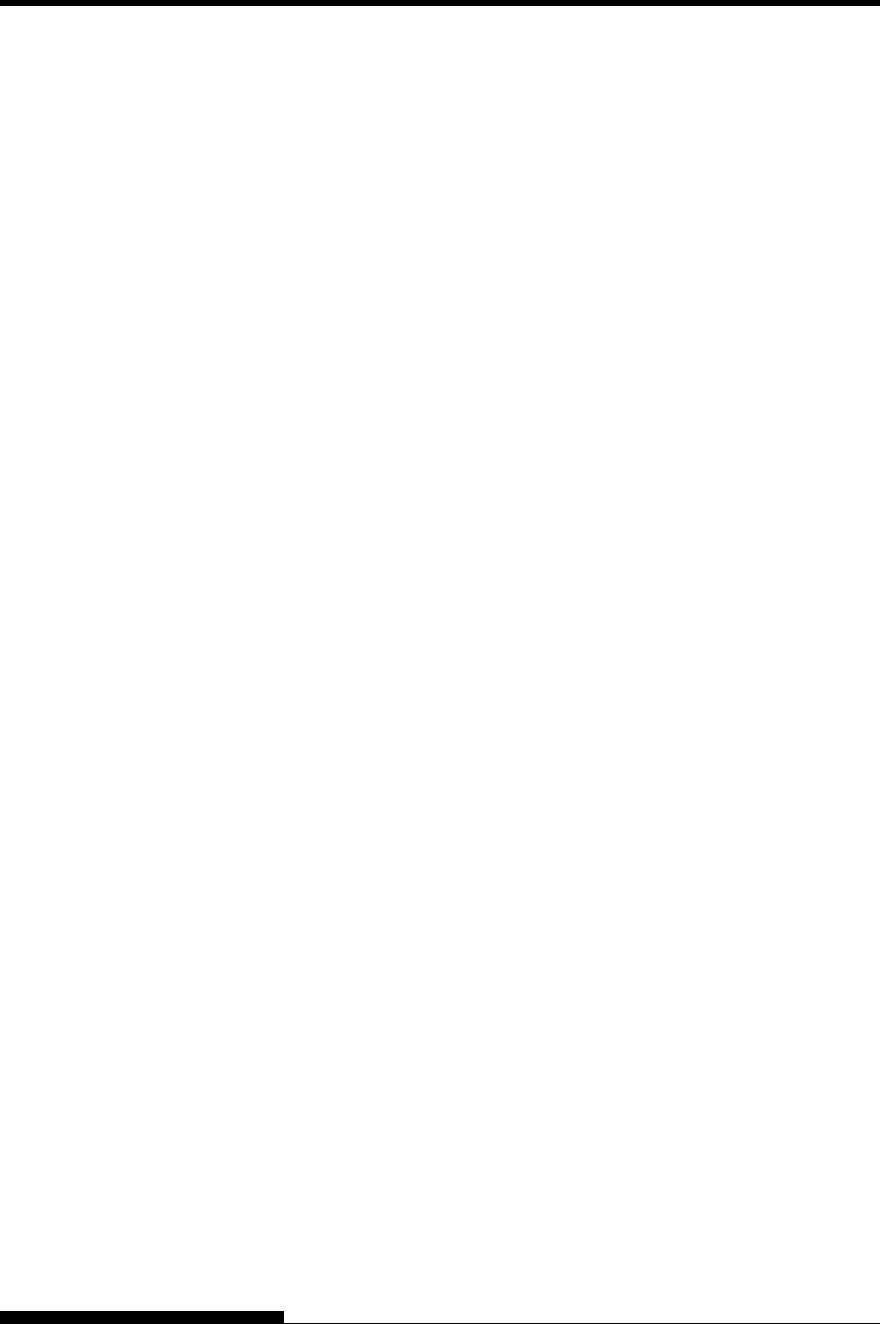
ii User's Manual
Notice for Canadian Users
This class B digital apparatus meets all requirements of the Canadian
Interference-Causing Equipment Regulations.
Cet appareil numérique de la Classe B respecte toutes les exigences du
Règlement sur le matériel brouilleur du Canada.
Notice for German Users
Bescheinigung des Herstellers/Importeurs
Hiermit wird bescheinigt, daß der/die/das
• M33324B
in Übereinstimmung mit den Bestimmungen der EN 45014 (CE) funk-
entstört ist.
Der Deutschen Bundesport wurde das inverkehrbringen dieses Gerätes
angezeigt und die Berechtigung zur Überprüfung der Serie auf
Einhaltung der Bestimmungen eingeräumt.
Maschinenlärminformationsverordnung 3. GSGV, 06.01.2004:
Der höchste Schalldruckpegel beträgt 70 dB (A) oder weniger gemäß
EN ISO 7779
Importer / Distributor in EU:
Fujitsu Europe Ltd.,
Hayes Park Central, Hayes End Road, Hayes, Middlesex UB4 8FE, U.K.
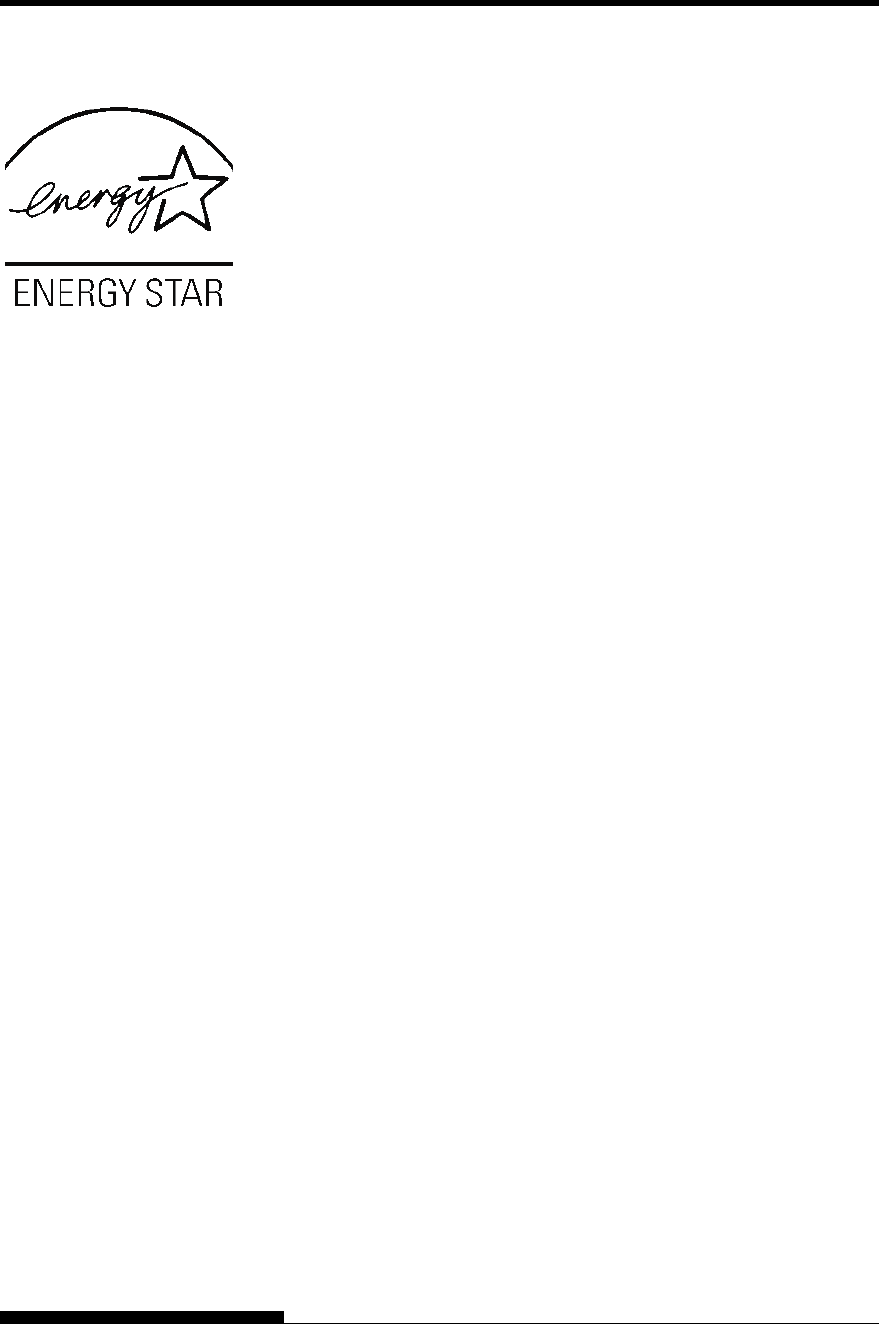
User's Manual iii
Energy Saving
As an ENERGY STAR® Partner, FUJITSU ISOTEC LIMITED has
determined that this product meets the ENERGY STAR® guidelines for
energy efficiency.
The International ENERGY STAR® Office Equipment Program is an
international program that promotes energy saving through the use of
computers and other office equipments. The program backs the
development and dissemination of products with functions that
effectively reduce energy consumption. It is an open system in which
business proprietors can participate voluntarily. The targeted products
are office equipment such as computers, displays, printers, facsimiles,
and copiers. Their standards and logos are uniform among participating
nations.
CE Declaration
This product sold in Europe conforms to the standard in accordance with
EC Directives.
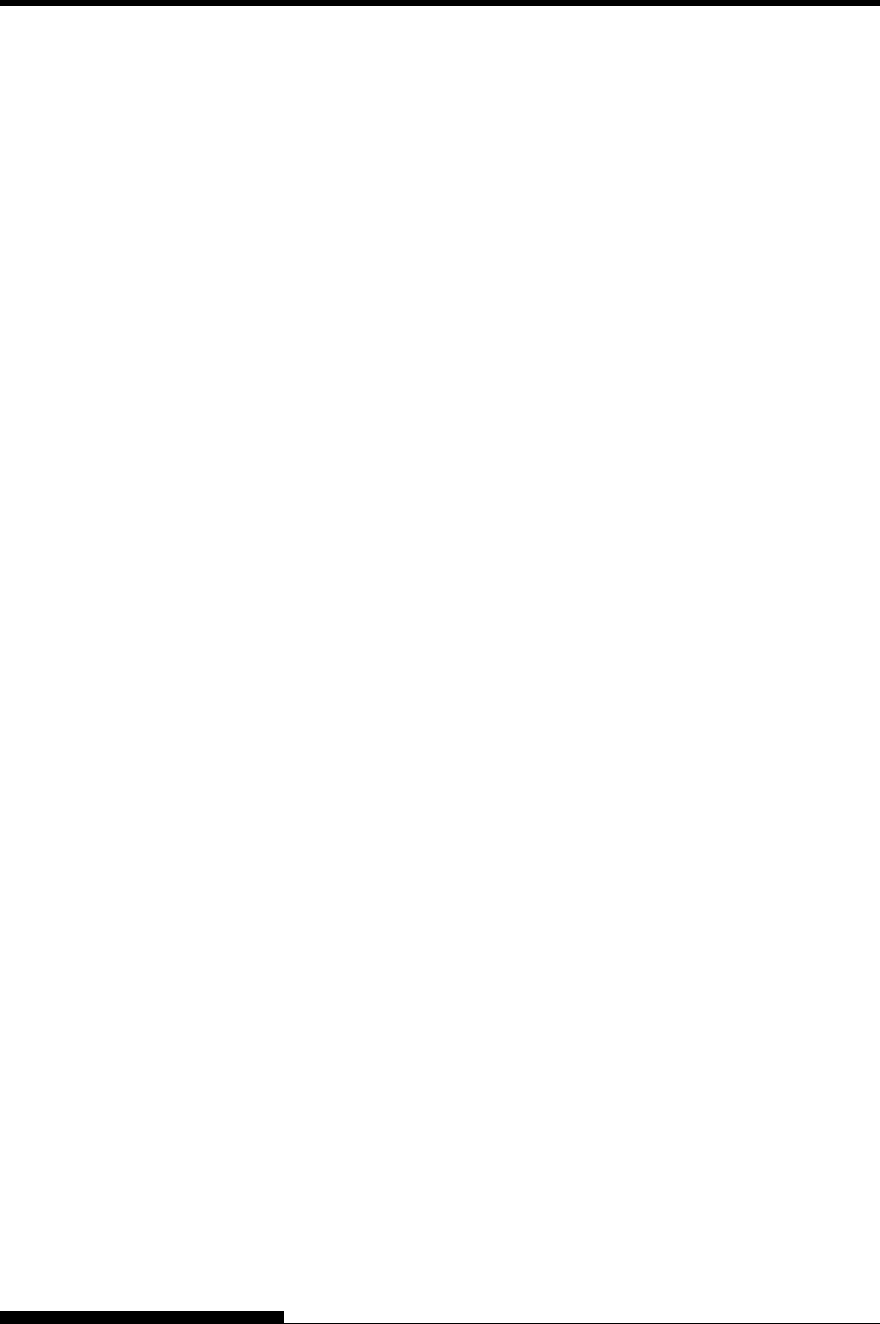
iv User's Manual
The contents of this manual may be revised without prior notice and
without obligation to incorporate changes and improvements into units
already shipped.
Every effort has been made to ensure that the information included here
is complete and accurate at the time of publication; however, Fujitsu
Isotec Limited cannot be held responsible for errors and omissions.
Printer model specifications differ with the power supply input voltage
(100-120 or 220-240 VAC).
C147-EXXX-01EN December 2006
Copyright © 2006 FUJITSU ISOTEC LIMITED
Printed in Japan. All rights reserved. No part of this manual may be
reproduced or translated, stored in a database or retrieval system, or
transmitted, in any form or by any means, electronic, mechanical,
photocopying, recording, or otherwise, without the prior written
permission of Fujitsu Isotec Limited.
FUJITSU is a registered trademark and Fujitsu Creative Faces is a
trademark of Fujitsu Limited. Centronics is a trademark of Centronics
Data Computer Coporation. IBM PC and IBM Proprinter XL24E are
trademarks of International Business Machines Corporation. ESC/P2 is a
trademark of Seiko Epson Corporation. Microsoft is a registered
trademark and MS-DOS and Windows are trademarks of Microsoft
Corporation. Nimbus Sans is a registered trademark of URW
Unternehmensberatung Karow Rubow Weber GmbH, Hamburg.
Other product names mentioned in this manual may also be trademarks
of their respective companies.
TRADEMARK
ACKNOWLEDGEMENT
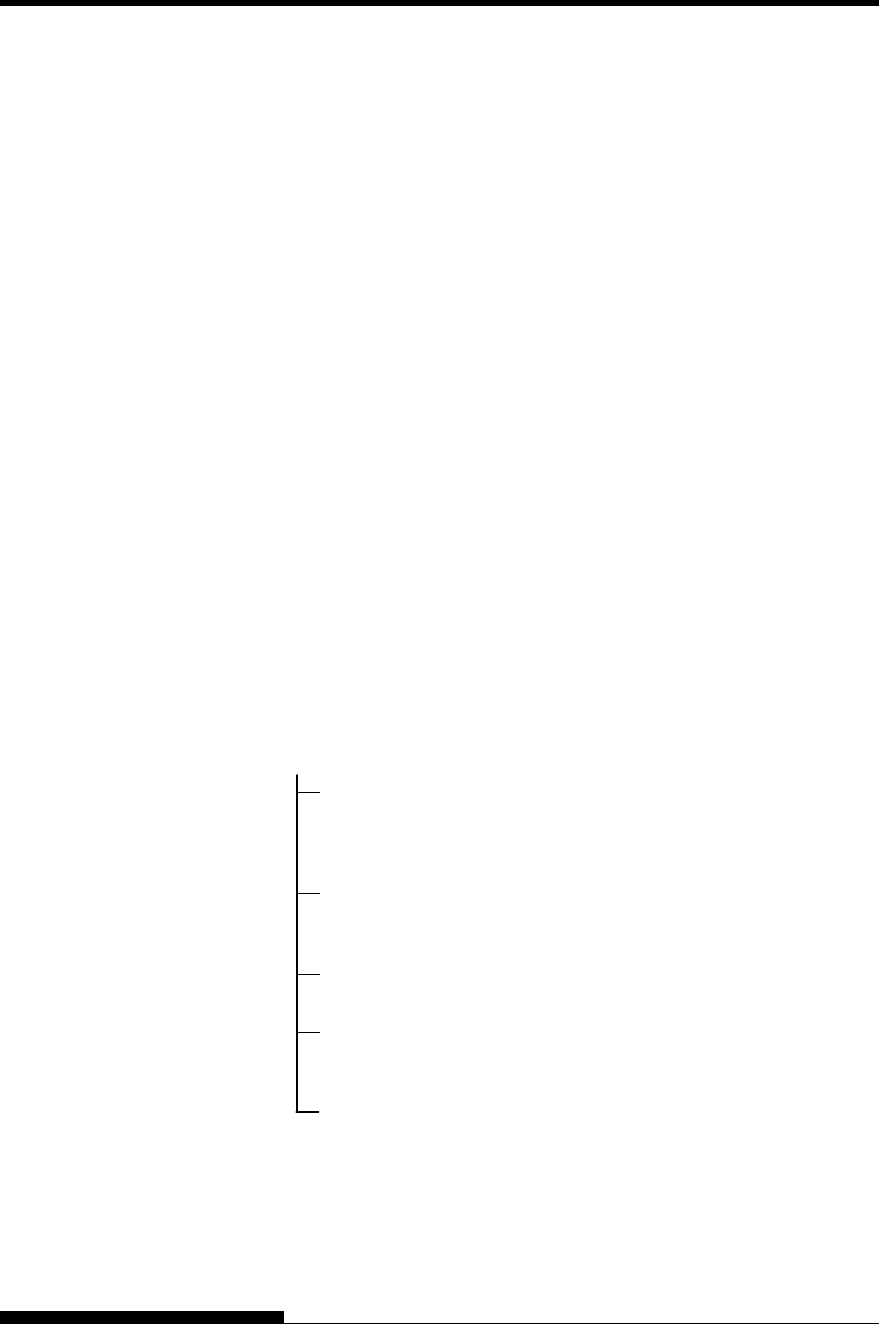
User's Manual v
ABOUT THIS MANUAL
Thank you for buying the Fujitsu DL7400 dot matrix printer. You can
expect years of reliable service with very little maintenance. This manual
explains how to use your printer to full advantage. It is written for both
new and experienced printer users.
This manual describes how to install, set up, and use your printer and
printer options. It also explains how to keep the printer in good working
condition and what to do should something go wrong. Detailed
procedures are provided for first-time users. Experienced users can skip
some of the details, using the table of contents and chapter introductions
to locate information.
This manual has several appendixes, a glossary, and an index. Appendix
A lists supplies and additional documentation and information available
from your dealer or authorized Fujitsu representative. Fujitsu offices are
listed at the end of the manual.
This manual covers model DL7400, a 136-column printer. Each model
has a 100-120 VAC or 220-240 VAC power supply. A serial interface is
a factory option. A LAN card, a user add-on option, can be installed only
on printer models with the Centronics parallel+USB interfaces. You must
specify these when purchasing the printer.
Other options include a cut sheet feeder can be added by yourself after
purchasing the printer.
DL7400
Basic specifications
Print line at 10 cpi: 136 columns (DL7400)
Interface: Centronics parallel
Centronics parallel + RS-232C
Centronics parallel + USB + LAN (LAN:user option)
Alternative specification
Power supply: 100–120 VAC or 220–240 VAC
Factory option
RS-232C serial interface (for Centronics parallel model only.
It must be installed by a field engineer.)
User add-on option
LAN card
Cut sheet feeder
Tractor unit
LARGE PAPER TABLE
LARGE STACKER
cpi: characters per inch
PRINTER MODELS
AND OPTIONS
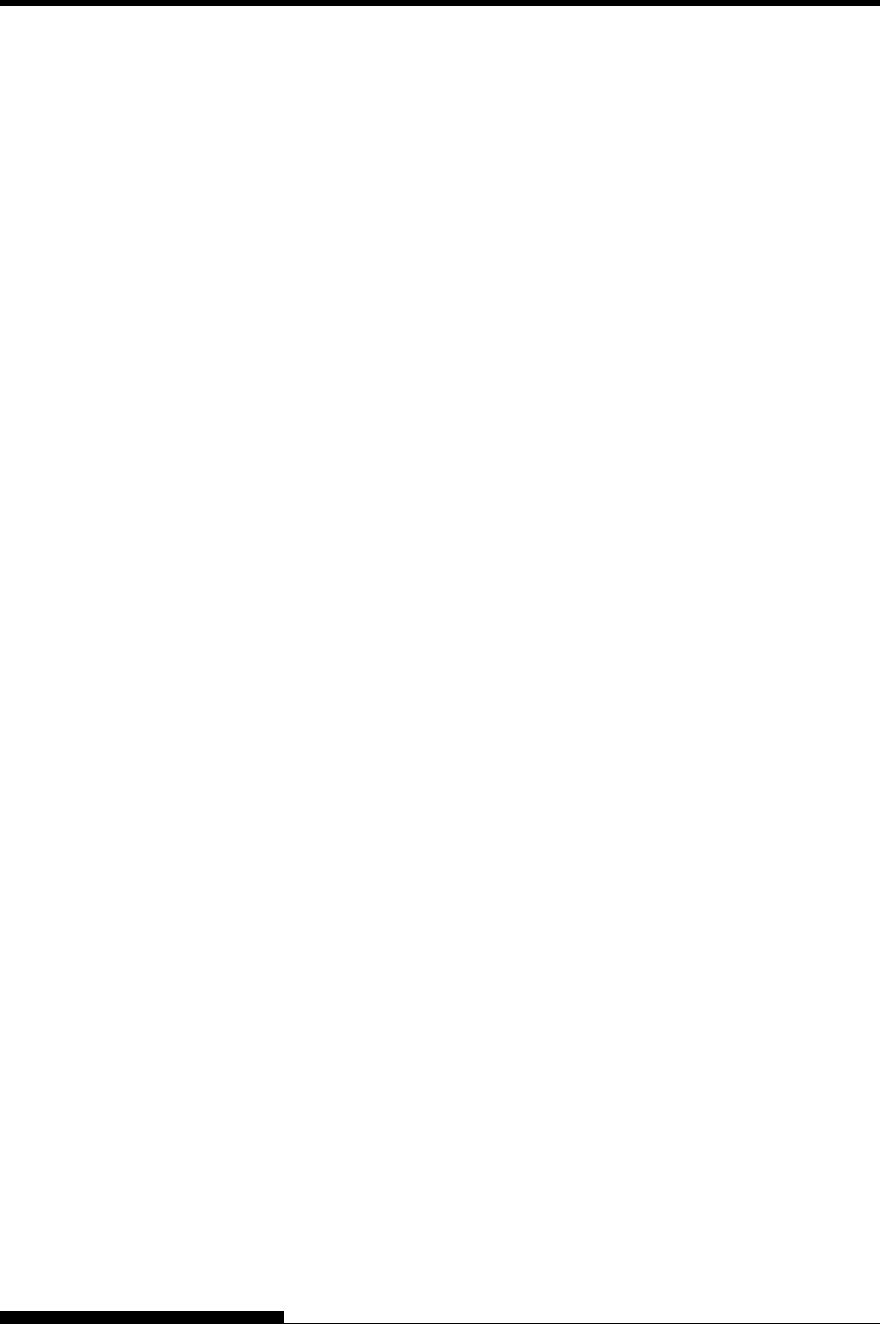
vi User's Manual
This manual is organized as follows:
Quick Reference summarizes everyday printer operations. After you
become familiar with the printer, use this section as a memory aid.
Chapter 1, Introduction, introduces the printer and identifies key
features and options that enhance the printer’s capabilities.
Chapter 2, Setting Up, gives step-by-step procedures for setting up the
printer for immediate use and identifies the main parts of the printer. If
this is your first printer, you should read the entire chapter before
attempting to use the printer.
Chapter 3, Paper Handling, explains how to load and use paper with
your printer.
Chapter 4, Printing, covers basic printing operations. This chapter
describes everyday operations from the printer’s control panel, such as
loading paper and selecting print features, in detail. After you become
more familiar with the printer, use Quick Reference at the beginning of
the manual to refresh your memory as needed.
Chapter 5, Using Setup Mode, describes how to change the printer’s
optional settings, such as print features, hardware options, and top-of-
form. Most settings only affect print features such as the typestyle and
page format. Note that certain settings directly affect hardware and
software compatibility. Refer to this chapter as indicated in Chapter 2 or
as required.
Chapter 6, Maintenance, explains basic maintenance procedures for
this printer.
Chapter 7, Trouble-Shooting, describes problem-solving techniques.
Before you contact your dealer for help, check the list of problems and
solutions provided in this chapter.
Chapter 8, Installing Options, describes the options available for the
printer and explains how to install them.
At the end of this manual, you will find several appendixes, a glossary,
and an index. Appendix A gives order numbers for printer supplies,
options, and publications. Other appendixes provide additional technical
information about the printer.
ORGANIZATION
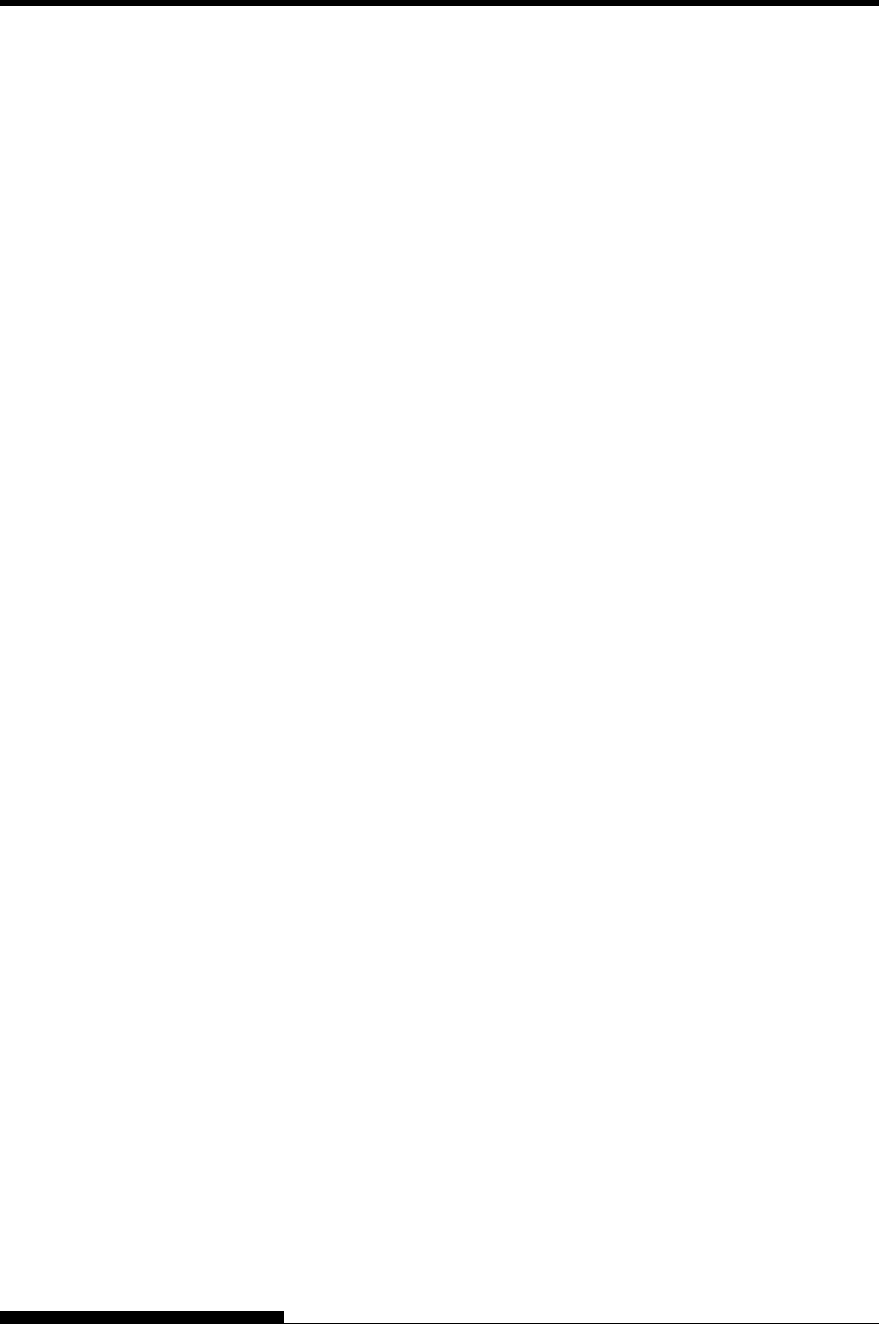
User's Manual vii
Special information, such as warnings, cautions, and notes, are indicated
as follows:
WARNING
A WARNING indicates that personal injury may result if you do not
follow a procedure correctly.
CAUTION
A CAUTION indicates that damage to the printer may result if you do not
follow a procedure correctly.
NOTE
A NOTE provides “how-to” tips or suggestions to help you perform
a procedure correctly. NOTEs are particularly useful for first-time
users.
For Experienced Users:
If you are familiar with this printer or with dot matrix printers in
general, this information will help you use the manual effectively.
CONVENTIONS
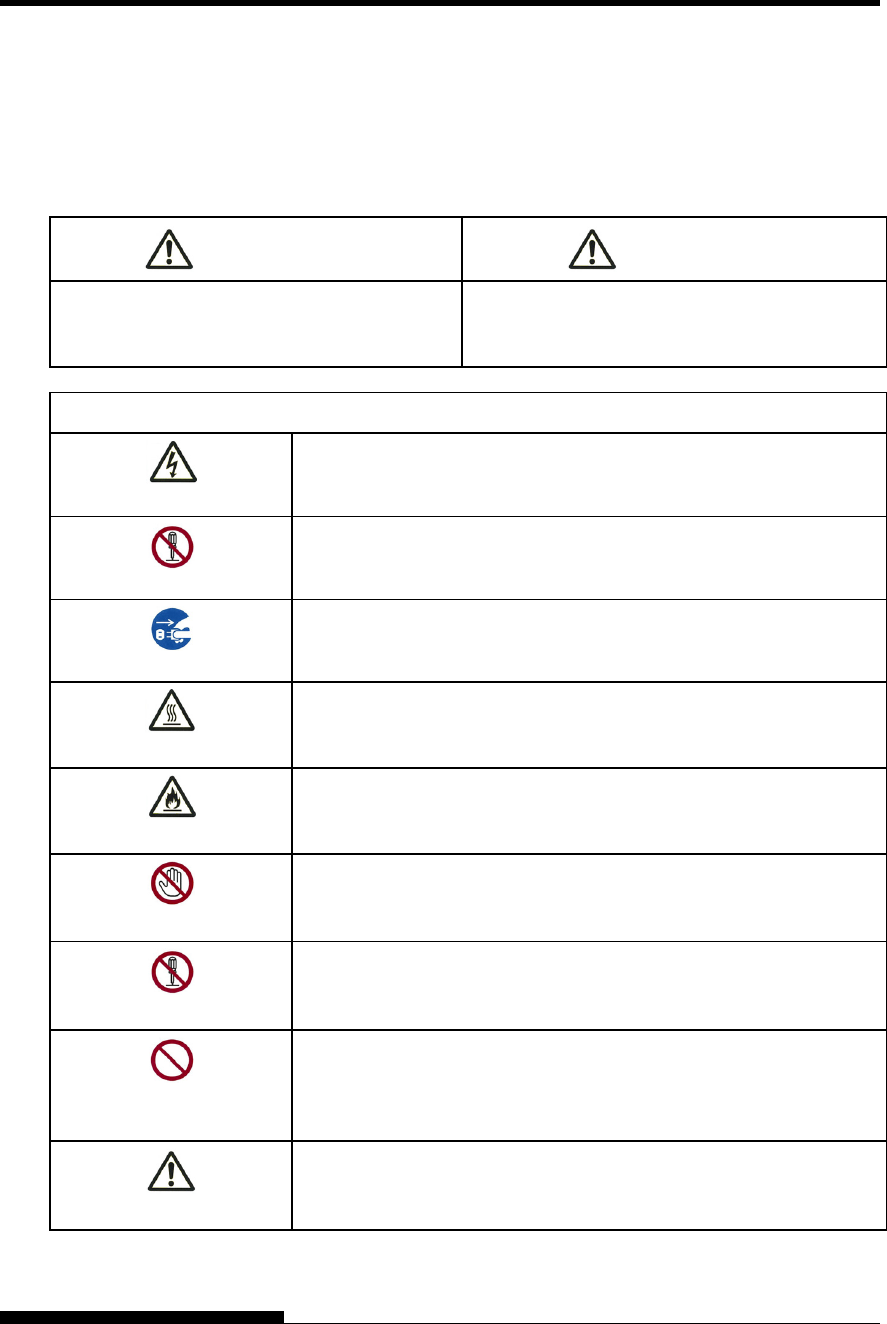
viii User's Manual
z Warning symbols
Various graphic symbols are used in this manual. They serve as signs to help users of this product use
the product safely and correctly as well as prevent damage and personal injury to the users or
bystanders. The following tables show and explain each symbol. Be sure that you understand the
meaning of each symbol before reading the manual.
WARNING CAUTION
A WARNING indicates that death or serious
personal injury may result if you do not follow a
procedure correctly.
A CAUTION indicates that personal injury or
property damage may result if you do not follow a
procedure correctly.
Examples and explanations of graphic symbols
U indicates a warning or caution item. By itself, the image in this
symbol suggests the meaning of the warning or caution (the example
on the left is a caution of possible electric shock).
: indicates a prohibited action. The image in or beside this symbol
expresses the prohibited action (the example on the left indicates that
disassembly is prohibited).
z indicates a direction that must be observed. The image in this
symbol shows the direction (the example on the left shows the
direction in which a power plug is disconnected from an outlet).
Caution: Hot
This symbol and accompanying statement indicate a risk of injury from
a hot object.
Caution: Flammable
This symbol and accompanying statement indicate a risk of fire.
Do not touch
This symbol and accompanying statement indicate a risk of injury from
touching part of the equipment.
Do not disassemble
This symbol and accompanying statement indicate a risk of injury,
such as from electric shock, caused by disassembling the equipment.
General prohibited
action
This symbol and accompanying statement indicate a general prohibited
action.
General caution
This symbol and accompanying statement indicate a general caution.
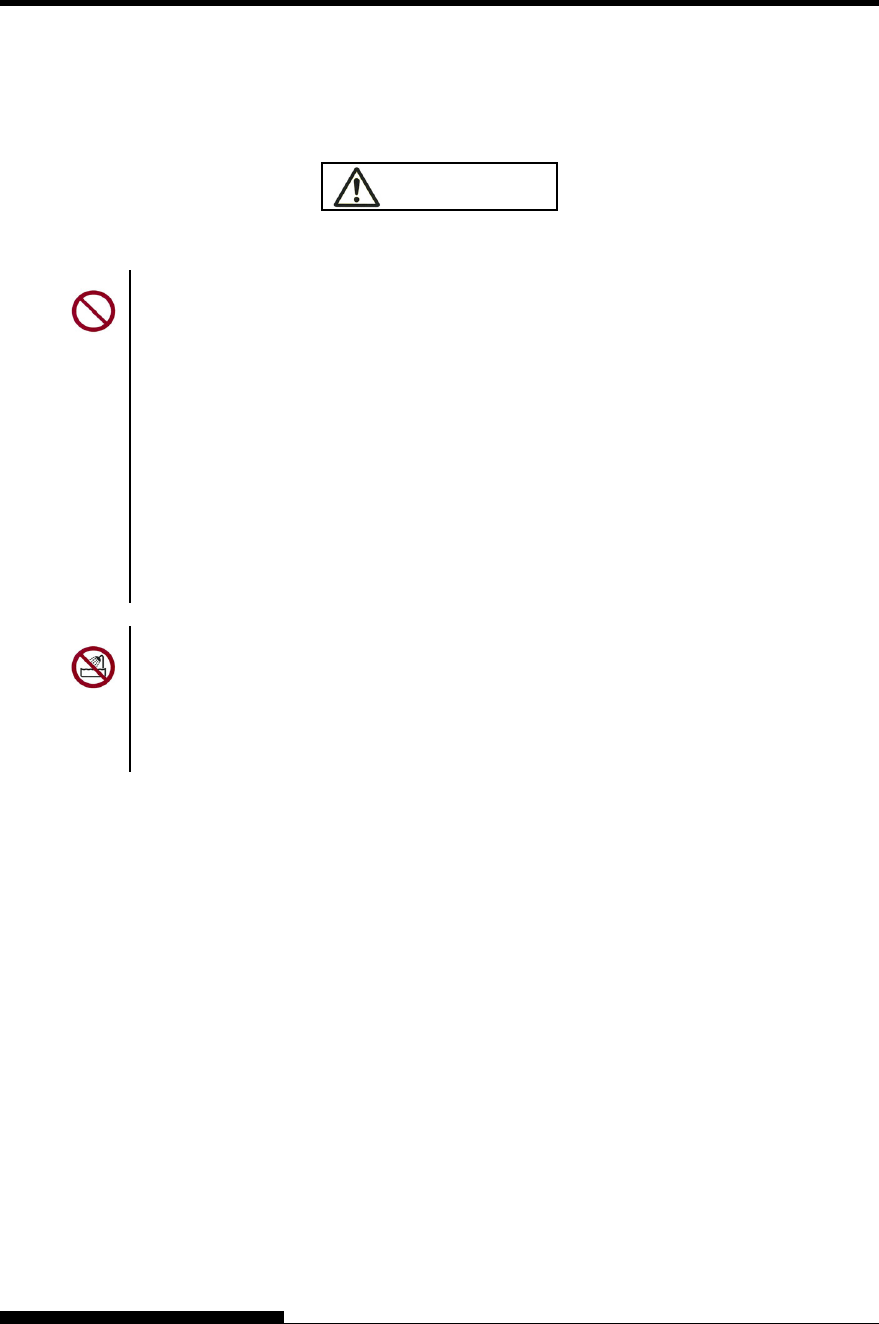
User's Manual ix
Notes on Safety
WARNING
WARNING
Do not place a container containing water, such as a vase, potted plant, and drinking glass,
or a metal object on or near the printer.
Otherwise, electric shock or fire may result.
Do not place the printer in a humid or dusty area, in an area with explosive fumes, an area
with poor ventilation or close to a fire.
Otherwise, electric shock or fire may result.
Use only one of the power cords included with this product, for this product. Do not use
any other power cord for this product.
Otherwise, electric shock or fire may result.
Do not use this product in an area exposed to a high level of moisture, such as a bathroom
and shower room.
Otherwise, electric shock or fire may result.
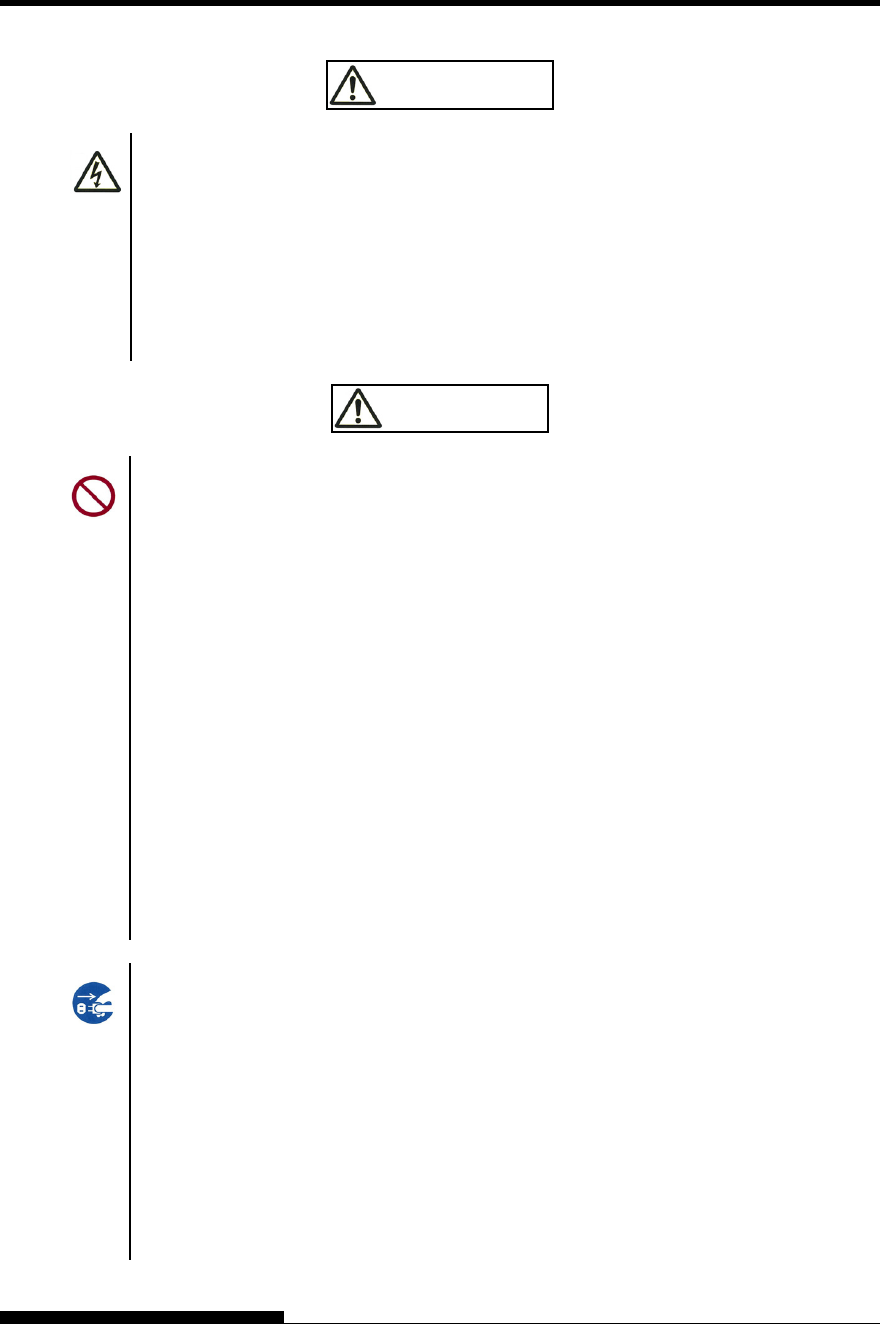
x User's Manual
WARNING
When mounting or removing an optional device or component, turn off the power to the
printer and personal computer and disconnect their power plugs from the outlets before
performing the work.
Otherwise, electric shock may result.
Connect only Fujitsu-recommended optional devices and components.
Otherwise, electric shock, fire, or failure may result.
CAUTION
Do not block openings in the printer (e.g., ventilation openings).
If ventilation openings are blocked, heat accumulates inside the printer, possibly resulting
in a fire.
Do not place a heavy object on the printer. Also, do not subject the printer to shocks.
Otherwise, the printer may become unbalanced, causing it to fall, and possibly resulting in
personal injury.
Do not place the printer in an area exposed to strong vibration or an unstable area such as
on a slope.
Otherwise, the printer may fall or topple, possibly resulting in personal injury.
Do not leave the printer in an area exposed to direct sunlight for a long time, such as inside
a car under the sun or any other area subjected to high temperatures.
Otherwise, the printer surface heats up, possibly melting covers or resulting in other
deformities, or the inside of the printer may become extremely hot, possibly resulting in
fire.
Before moving the printer, be sure to disconnect the power plug from the outlet and
disconnect all connected cables from the printer.
Otherwise, the power cord may be damaged, possibly resulting in electric shock or fire, or
the printer may fall or topple, possibly resulting in personal injury.
Before connecting or disconnecting a printer cable, be sure to turn off the power to the
printer and personal computer.
Performing that and related work without the power turned off may result in a personal
computer or printer failure.
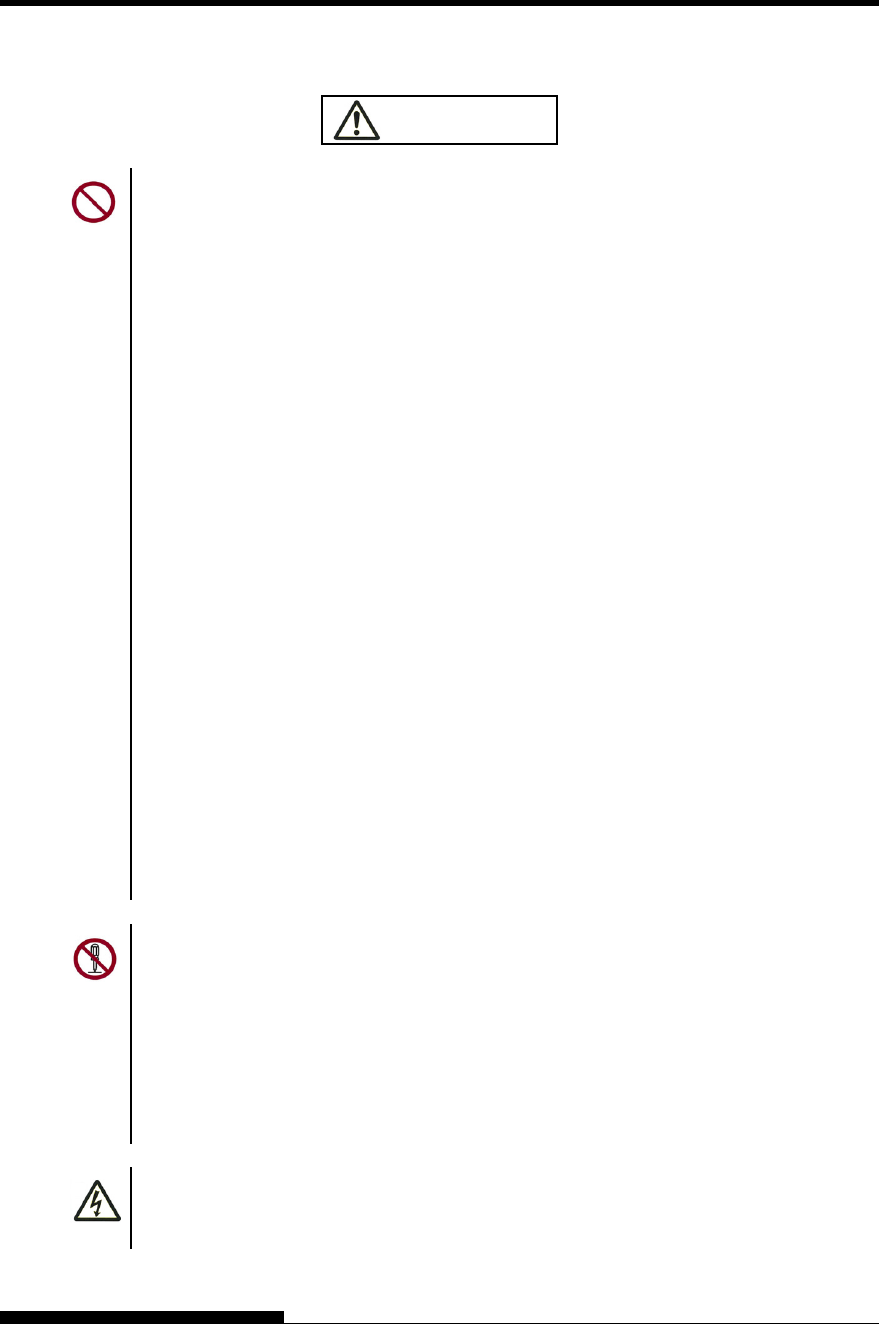
User's Manual xi
Notes about the printer in operation
WARNING
If the printer is making a strange noise, which indicates a problem, discontinue printer
operation. Request your printer dealer to fix the problem.
Continued operation of the printer without repairs may result in electric shock or fire.
Do not use a power source whose voltage is other than that indicated. Also, an excessive
number of plugged-in power cords must not be connected to a single outlet.
Otherwise, electric shock or fire may result.
Do not spill any liquid, such as water, on the printer.
Otherwise, electric shock or fire may result.
Do not damage or modify the power cord.
The power cord may be damaged by placing a heavy object on it, stretching it excessively,
forcibly bending it, twisting it, or heating it, and this may result in electric shock or fire.
Do not use the power cord if it or the power plug is damaged or the plug does not fit
securely in the outlet receptacle.
Using the power cord in that condition may result in electric shock or fire.
Do not insert the power cord into an outlet or turn on the power to the printer when any of
its covers has been removed.
Otherwise, electric shock or fire may result.
Prevent foreign objects, such as metal shards and inflammable materials, from being
inserted or dropped into any openings in the printer (e.g., ventilation openings).
Otherwise, electric shock or fire may result.
Do not disconnect the power plug from the outlet while the power to the printer is turned
on.
Otherwise, the plug becomes deformed, possibly resulting in fire.
Do not remove the main printer cover or the cover for the cable connectors except as
necessary. To check and repair internal components, request your printer dealer to do so.
Some internal components use high voltage, and touching them may result in electric
shock.
Do not modify the printer by yourself.
Otherwise, electric shock or fire may result.
Do not connect or disconnect the power plug with wet hands.
Otherwise, electric shock may result.
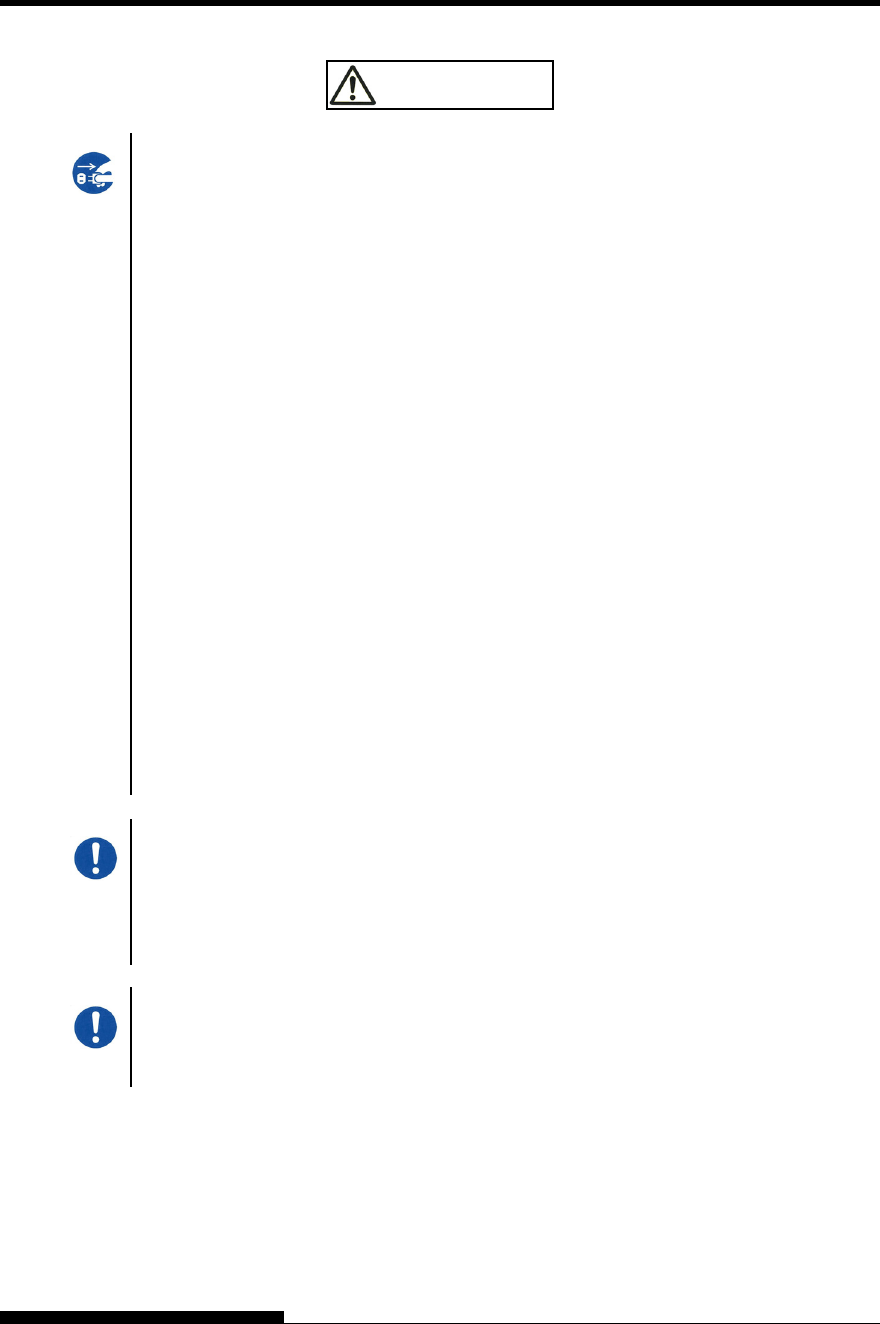
xii User's Manual
WARNING
If excessive heat, smoke, a strange odor, or a strange noise is coming the printer or any
other abnormality is observed, immediately turn off the power to the printer by using the
power switch, and be sure to disconnect the power plug from the outlet.
Then, after verifying the end of the abnormality (e.g., no more smoke is coming from the
printer), request your printer dealer to make repairs. Do not repair the printer by yourself
as doing so is dangerous.
Continued use of the printer when it is operating abnormally may result in electric shock or
fire.
If a foreign object (e.g., water or other liquid, metal shard) has entered the printer,
immediately turn off the power to the printer by using the power switch, and disconnect the
power plug from the outlet. Then, contact your printer dealer.
Continued use of the printer in that condition may result in electric shock or fire.
Customers who use the printer near children should take especial care regarding this point.
If the printer is dropped or a cover is damaged, turn off the power to the printer by using
the power switch, and disconnect the power plug from the outlet. Then, contact your
printer dealer.
Continued use of printer in that condition may result in electric shock or fire.
Before performing cleaning, maintenance, or troubleshooting work on the printer, switch
off the power switch, and be sure to disconnect the power plug from the outlet.
Performing that work on the printer without the power turned off may result in burns or
electric shock.
Dust accumulates on or near the metal parts of the power plug, so wipe away that dust with
a dry cloth.
Continued use of printer in that condition may result in fire.
Do not drop or strike the printer, such as by hitting it against something.
Otherwise, a failure may result.
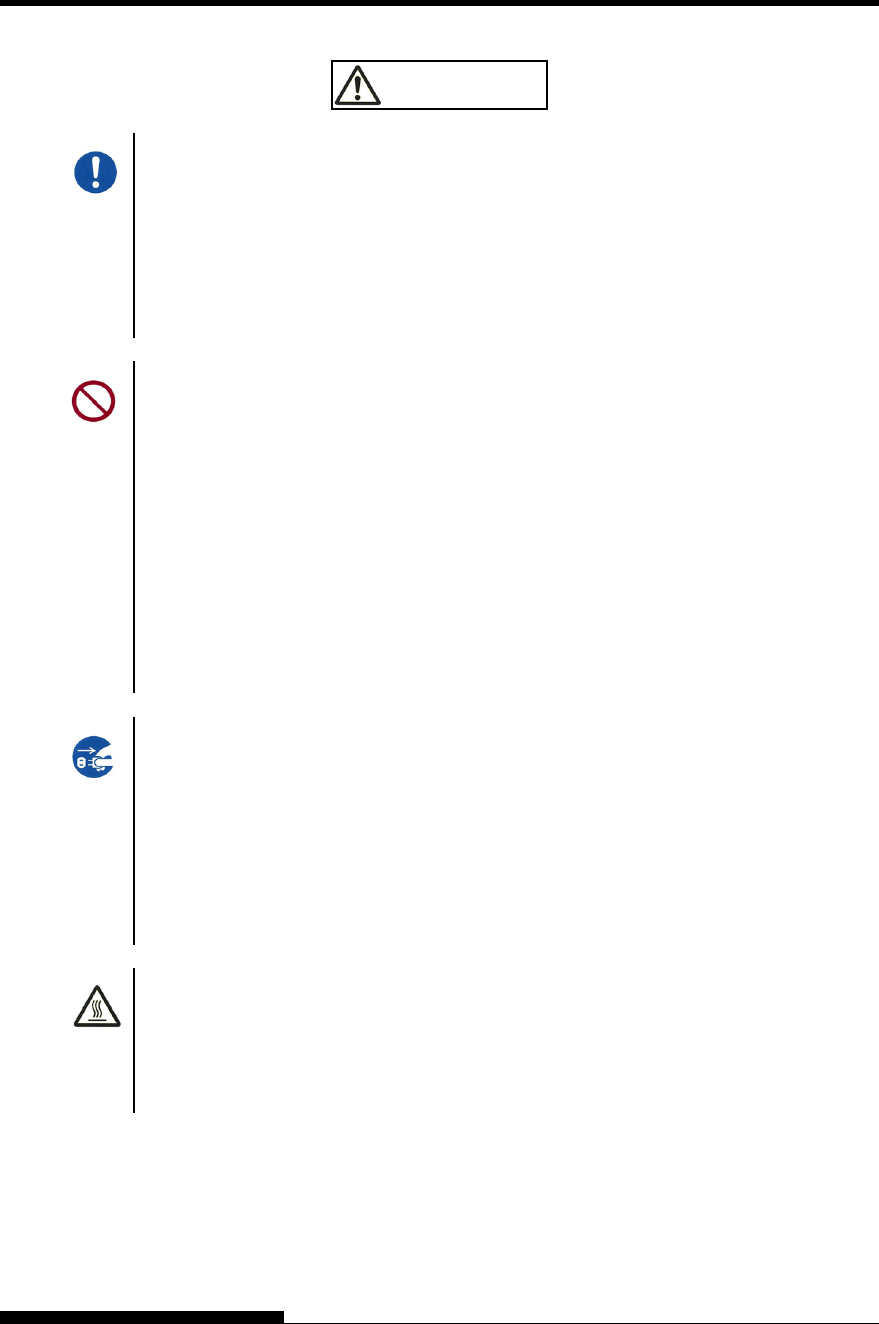
User's Manual xiii
CAUTION
Insert the power plug completely into an outlet so that it is securely connected.
Otherwise, electric shock or fire may result.
Exercise caution to keep loose clothing, hair, neckties, etc. away from paper feed- or
ejection openings, and tractors while the printer is operating.
Otherwise, personal injury may result.
When disconnecting the power plug from the outlet, pull it out while grasping the plug, not
the cord.
If you pull it out while grasping the cord, the insulation may be damaged or the cable core
may be exposed or damaged, possibly resulting in electric shock or fire.
Do not cover or wrap the printer with a cloth or anything else while it is operating.
Otherwise, heat accumulates, possibly resulting in fire.
Do not use the power cord with it bunched together.
Otherwise, heat accumulates, possibly resulting in fire.
If the printer is not to be used for a long time, disconnect the power plug from the outlet
for safety reasons.
Otherwise, electric shock or fire may result.
If a lightning storm is in nearby, disconnect the power plug from the outlet.
Leaving the plug connected to the outlet may result in damage to the printer or other
property damage.
The print head and internal frames become extremely hot during printer operation and
remain so immediately afterwards. Do not touch these parts until sufficient time has
passed to allow them to cool.
Otherwise, burns or personal injury may result.

xiv User's Manual
CAUTION
Do not touch the paper feed- or ejection openings while the printer is operating.
Otherwise, personal injury may be result.
Do not touch the printer cable connectors or the metal part of the print head.
Otherwise, personal injury or a printer failure may result.
Do not touch the print head while it is moving.
Otherwise, burns or personal injury may result.
Note that continuous forms that are fed in the reverse direction continuously may come off
the paper feed tractors.
Operate the printer with the paper thickness lever set to the appropriate paper thickness.
Use only an original ribbon cassette that is specified as suitable by Fujitsu.
Textile fibers accumulate on components inside the printer and parts of the roller, so clean
these parts regularly.
Do not turn the ribbon feed knob in the reverse direction.
Otherwise, the ribbon may become jammed and stuck.
If printing is started with a slack ribbon, the ribbon may become tangled or the ribbon feed
mechanism may become locked.
The print head is extremely hot immediately after printing. When replacing the ribbon,
verify that the print head is sufficiently cool before setting the print head to the ribbon
replacement position.
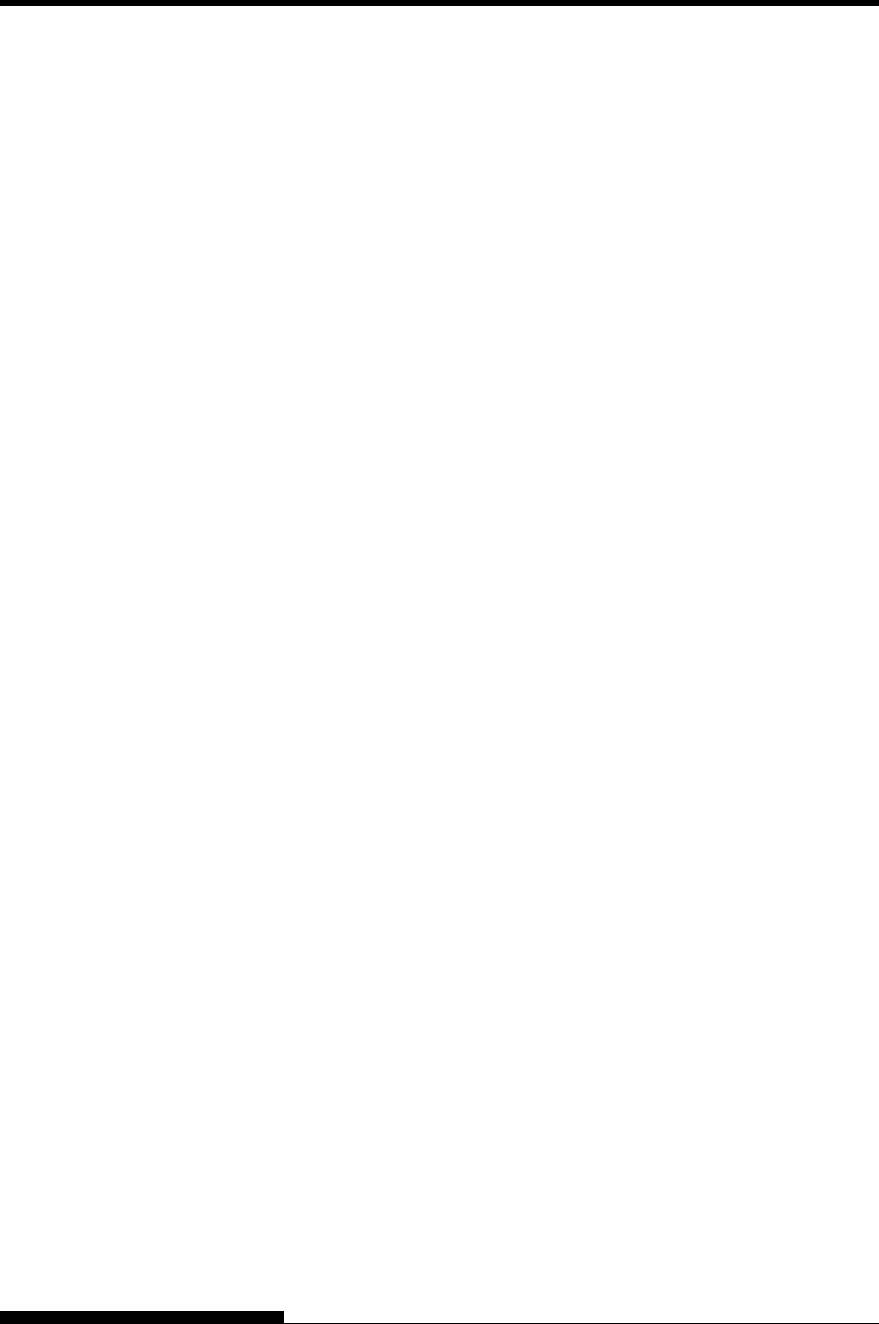
User's Manual xv
TABLE OF CONTENTS
QUICK REFERENCE ....................................................QR-1
CHAPTER 1 INTRODUCTION ...................................................................... 1-1
FEATURES....................................................................... 1-1
MODELS OPTIONS ......................................................... 1-3
CHAPTER 2 SETTING UP ............................................................................ 2-1
SELECTING A GOOD LOCATION .................................. 2-1
UNPACKING THE PRINTER ........................................... 2-2
Checking Options and Supplies .................................. 2-4
ASSEMBLING THE PRINTER ......................................... 2-5
Setting the paper table ................................................ 2-5
Handling the paper table ............................................. 2-6
Installing the Ribbon cartridge ..................................... 2-8
Mounting and removing the tractor unit..................... 2-11
GETTING ACQUAINTED WITH YOUR PRINTER......... 2-14
CONNECTING THE POWER CORD ............................. 2-15
TESTING THE PRINTER (OFFLINE) ............................ 2-16
Loading Paper for the Self-Test................................. 2-16
Printing the Self-Test ................................................. 2-17
CONNECTING THE PRINTER TO YOUR
COMPUTER ................................................................... 2-21
Selecting a Parallel Interface Cable .......................... 2-21
Selecting a Serial Interface Cable ............................. 2-21
Selecting a USB Cable .............................................. 2-22
Selecting a LAN cable ............................................... 2-22
Connecting the Interface Cable ................................. 2-22
SELECTING AN EMULATION ....................................... 2-23
PRINTING A SAMPLE PAGE (ONLINE)........................ 2-27
INSTALLING THE PRINTER DRIVER ........................... 2-28
CHAPTER 3 PAPER HANDLING.................................................................. 3-1
SELECTING PAPER ........................................................ 3-1
OVERVIEW OF PAPER OPERATIONS .......................... 3-2
SELECTING PAPER PATH.............................................. 3-5
Paper Paths and Feed Directions................................ 3-5
ADJUSTING FOR PAPER THICKNESS.......................... 3-8
USING SINGLE SHEETS................................................. 3-9
Loading a Single Sheet of Paper................................. 3-9
Loading Paper from the Cut Sheet Feeder
(Option)...................................................................... 3-12
Ejecting Single Sheets............................................... 3-14
USING CONTINUOUS FORMS ..................................... 3-14
Positioning the Paper Stack ...................................... 3-15
Loading Continuous Forms (Front Feed) .................. 3-16
Loading Continuous Forms (Rear Feed)................... 3-19
Unloading Continuous Forms .................................... 3-19
Tearing Off Continuous Forms .................................. 3-20
FEEDING AND POSITIONING PAPER ......................... 3-22
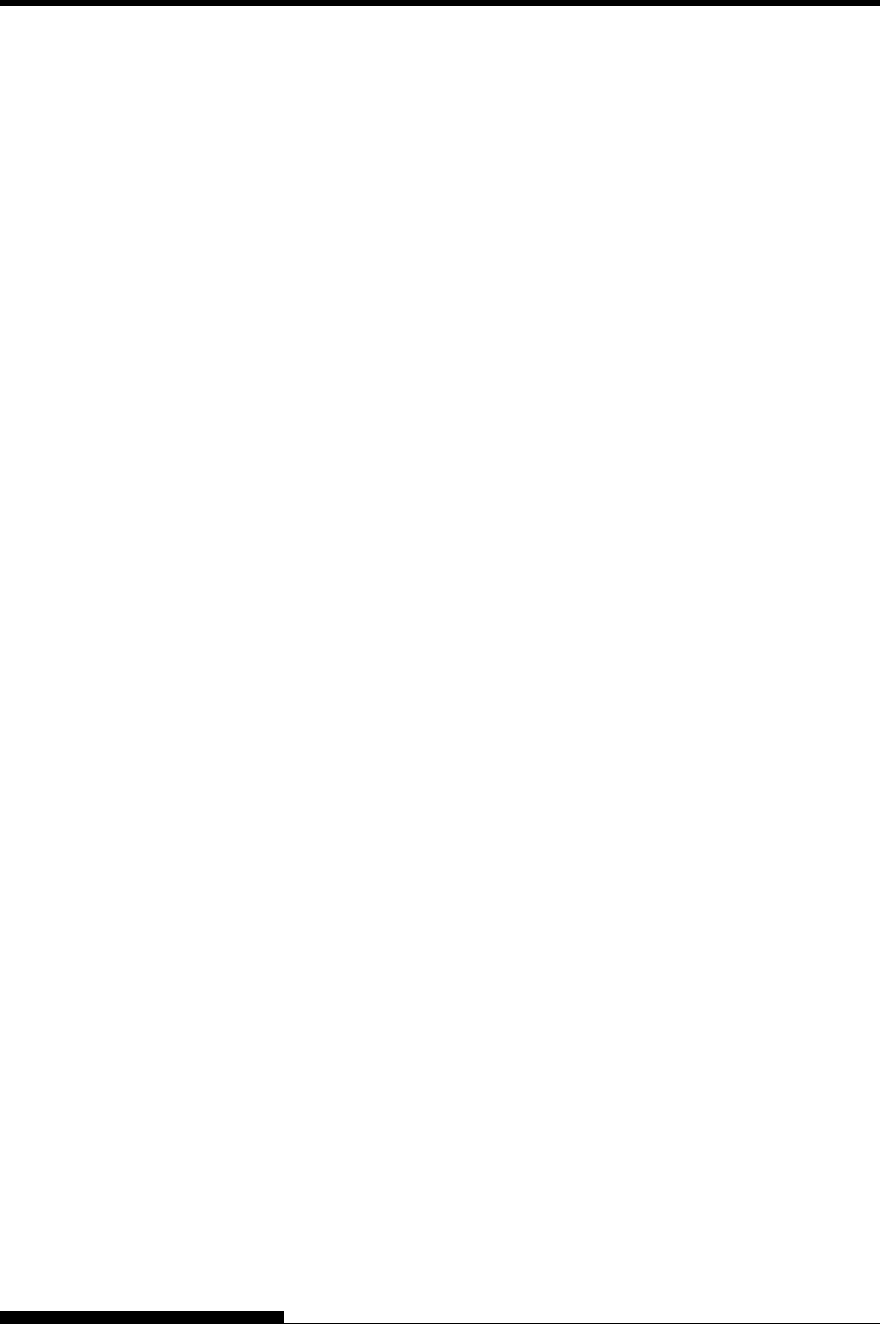
xvi User's Manual
Line Feed/Form Feed ................................................3-22
Micro Feed .................................................................3-22
Load Position Adjust ..................................................3-22
TIPS ON PAPER HANDLING.........................................3-23
General Tips ..............................................................3-23
Multipart Forms ..........................................................3-23
Envelopes ..................................................................3-23
Labels.........................................................................3-23
CHAPTER 4 PRINTING ................................................................................. 4-1
MULTIPART FORMS (HI IMPACT MODE) ......................4-1
SELECTING PRINT FEATURES......................................4-2
Using Commercial Software ........................................4-3
Using the Control Panel...............................................4-3
Selecting MENU1 or MENU2.......................................4-4
STARTING OR STOPPING PRINTING............................4-6
Starting Printing ...........................................................4-6
Stopping Printing..........................................................4-6
Resuming from a Paper-Out........................................4-6
Printing the remaining lines on a page ........................4-6
Continuing printing after supplying paper ....................4-7
Resuming after an Area Over warning ........................4-7
REMOVING PRINTED PAGES ........................................4-8
Removing Single Sheets..............................................4-8
Removing Continuous Forms ......................................4-8
CLEARING THE PRINT BUFFER ....................................4-8
CHAPTER 5 USING SETUP MODE .............................................................. 5-1
HOW TO USE THIS CHAPTER .......................................5-1
ENTERING SETUP MODE...............................................5-2
OVERVIEW OF SETUP MODE........................................5-4
Setup Mode Example...................................................5-5
Points to Remember ....................................................5-8
PRINTING A LIST OF SELECTED OPTIONS .................5-8
DECIDING WHICH OPTIONS TO CHANGE..................5-11
MENU1 AND MENU2 ITEMS AND OPTIONS ...............5-13
Resetting MENU1 and MENU2 .................................5-27
CHANGING HARDWARE OPTIONS .............................5-27
CHANGING PRINT POSITION ADJUSTMENT
OPTIONS ........................................................................5-32
CHANGING CONFIGURATION OPTIONS ....................5-37
HEAD GAP ADJUSTMENT ITEMS AND OPTIONS ......5-48
EXITING AND SAVING ..................................................5-49
Procedure ..................................................................5-49
RESETTING DEFAULTS................................................5-50
Resetting Power-On Defaults ....................................5-50
Resetting Factory Defaults ........................................5-50
Resetting Factory Defaults in MENU1 and MENU2 ..5-50
USING THE DIAGNOSTIC FUNCTIONS.......................5-51
Printing the Self-Test .................................................5-51
Procedure ..................................................................5-52
Procedure ..................................................................5-53
Checking Vertical Print Alignment (V-ALMNT) ..........5-55

User's Manual xvii
Procedure .................................................................. 5-55
SETUP MODE REFERENCE......................................... 5-57
Differences in IBM Proprinter XL24E Emulation ....... 5-60
Differences in Epson ESC/P2 Emulation .................. 5-60
ONLINE SETUP MODE.................................................. 5-61
CHAPTER 6 MAINTENANCE ....................................................................... 6-1
CLEANING........................................................................ 6-1
Cleaning and Vacuuming the Printer........................... 6-1
Cleaning the Platen ..................................................... 6-2
REPLACING THE RIBBON .............................................. 6-3
REPLACING THE PRINT HEAD ...................................... 6-6
Opening and closing the control panel ........................ 6-8
Removing the stacker unit ........................................... 6-8
Mounting the stacker unit ............................................ 6-9
OPTIONS.......................................................................... 6-9
CHAPTER 7 TROUBLE-SHOOTING ............................................................ 7-1
SOLVING PROBLEMS..................................................... 7-1
Print Quality Problems................................................. 7-1
Paper Handling Problems............................................ 7-4
Operating Problems..................................................... 7-6
Printer Failures ............................................................ 7-7
Alarm display function ................................................. 7-8
Responses to alarm occurrences ................................ 7-9
DIAGNOSTIC FUNCTIONS ............................................. 7-9
GETTING HELP ............................................................. 7-10
CHAPTER 8 INSTALLING OPTIONS ........................................................... 8-1
INSTALLING THE CUT SHEET FEEDER ....................... 8-1
Installing on the front side of the printer ...................... 8-2
Installing on the rear side of the printer ....................... 8-4
Removing the Cut Sheet Feeder ................................. 8-7
INSTALLING THE TRACTOR UNIT................................. 8-8
INSTALLING THE Large stacker...................................... 8-9
INSTALLING THE Large Paper Table............................ 8-11
APPENDIX A SUPPLIES AND OPTIONS ......................................................A-1
SUPPLIES ........................................................................A-1
OPTIONS..........................................................................A-1
APPENDIX B PRINTER AND PAPER SPECIFICATIONS .............................B-1
PHYSICAL SPECIFICATIONS.........................................B-1
FUNCTIONAL SPECIFICATIONS....................................B-2
PERFORMANCE SPECIFICATIONS...............................B-5
PAPER SPECIFICATIONS...............................................B-6
Print Area.....................................................................B-6
Paper Thickness..........................................................B-8
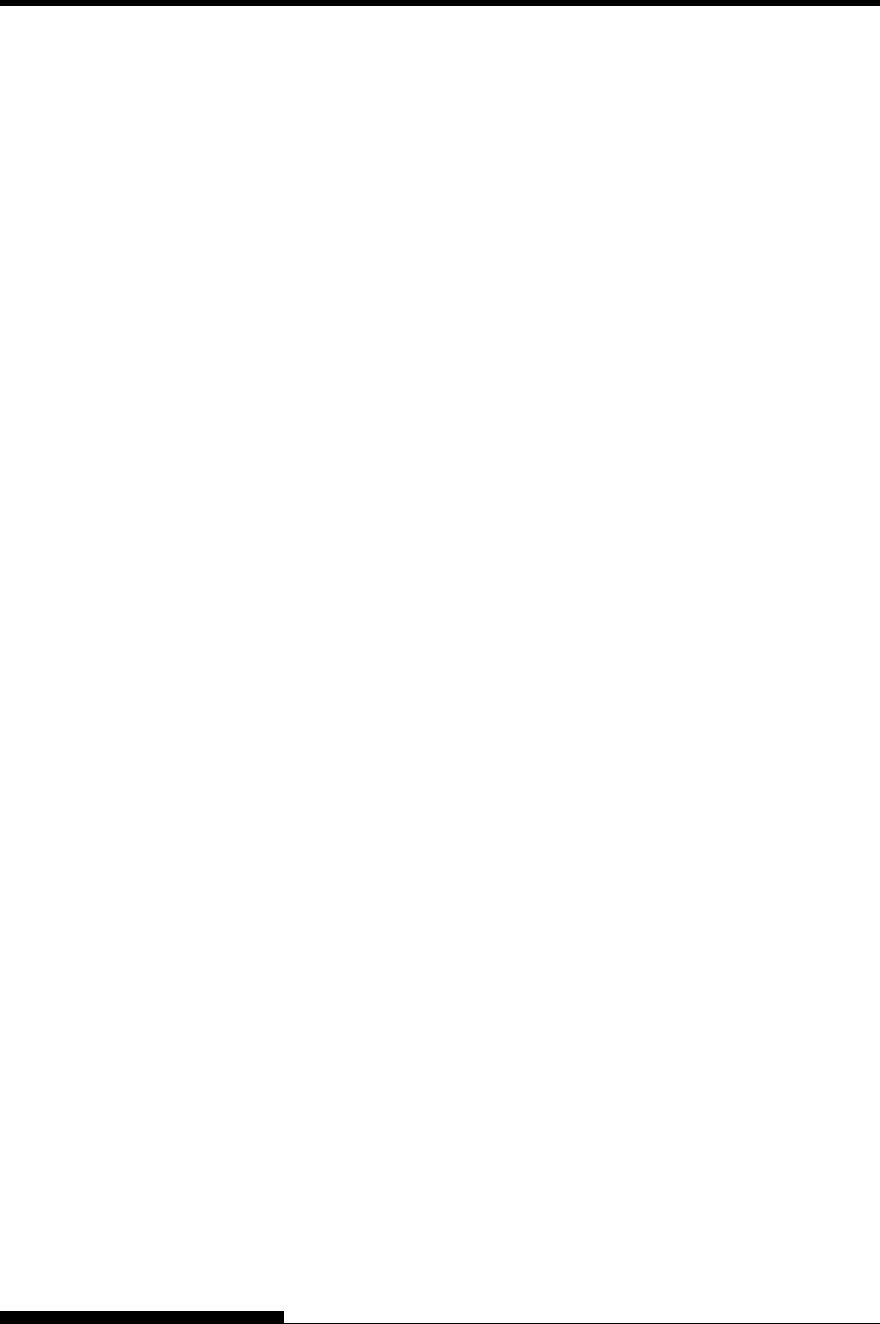
xviii User's Manual
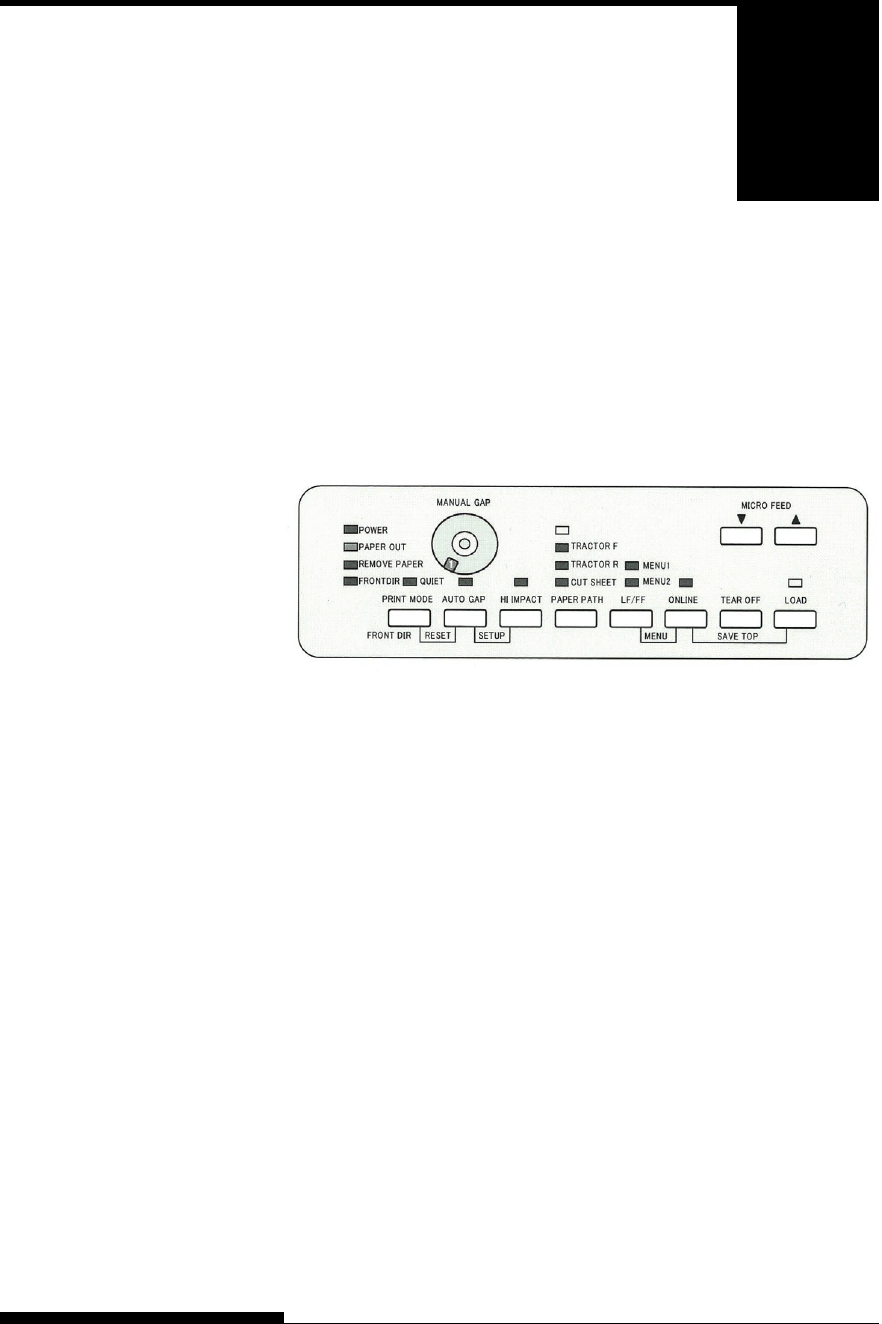
User's Manual QR-1
Q
QUICK REFERENCE
QUICK REFERENCE
Quick Reference is written for experienced users
—
users who are familiar with how the printer
works,
but who may need to refresh their memory
occasionally. Only the printer’s normal (non-setup)
mode is covered. For details on setup mode, see Chapter 5.
Normal mode operation includes everyday operations, such as paper
handling and font selection. The printer comes up in normal mode when
turned on. To enter setup mode, press the AUTO GAP and HI IMPACT
buttons at the same time while the ONLINE indicator is off (not lit).
Control panel
The table on the next page lists normal mode operations with online and
offline conditions and gives the required user response.
Operations are listed by functions.
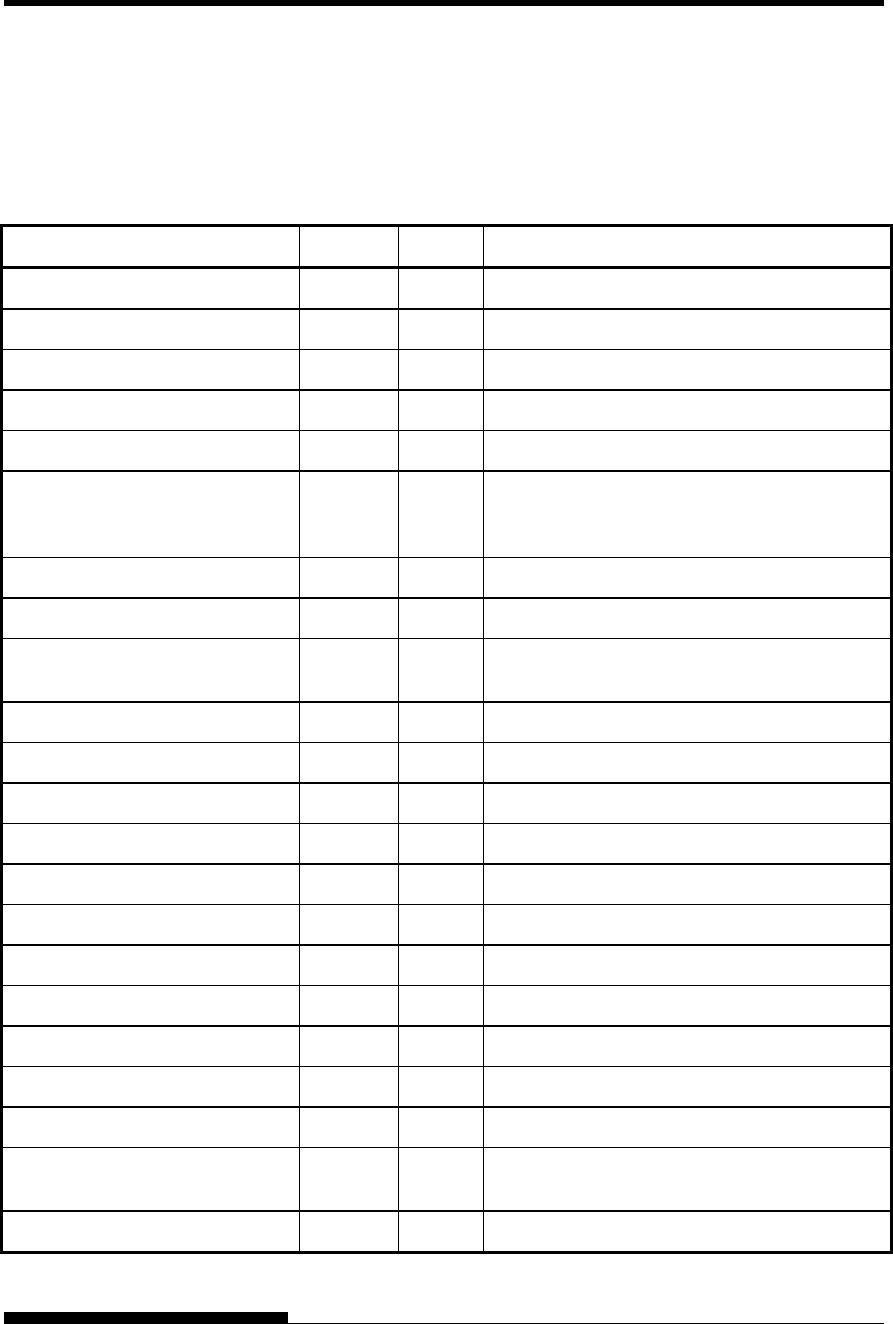
QUICK REFERENCE
QR-2 User's Manual
Printer Operations (Normal Mode)
9: Operation can be performed when the printer is in this state.
— : Operation cannot be performed when the printer is in this state.
N/A: Does not apply.
Operation Online Offline Required Response
Enter normal mode N/A N/A Turn printer on. (Press I on the power switch.)
Place printer offline 9 — Press ONLINE.
Place printer online — 9 Press ONLINE.
Load paper 9 9 Press LOAD.
Line feed (forward) 9 9 Press LF/FF within three seconds.
Unload paper to park position
(both front and rear-fed
continuous forms)
9 9 Press LOAD.
Form feed (forward) 9 9 Press and hold LF/FF until the operation starts.
Eject single sheets 9 9 Press and hold LF/FF until the operation starts.
Tear off forms
(continuous forms only)
9 9 Press TEAR OFF. Tear off forms, then press
any button to retract forms.
Micro feed (backward) 9 9 Press MICROS.
Micro feed (forward) 9 9 Press MICROT.
Select a paper feed direction — 9 Press FRONT DIR.
Select a print mode 9 — Press PRINT MODE.
Set/reset multi copy mode 9 9 Press MULTI COPY.
Select a paper input source 9 9 Press PAPER PATH.
Select a gap mode 9 9 Press AUTO GAP.
Save adjusted load positions 9 9 Press ONLINE and LOAD.
Select MENU1 or MENU2 — 9 Press ONLINE and LF/FF.
Clear print buffer — 9 Press FRONT DIR and AUTO GAP.
Reset power-on defaults 9 9 Turn printer off, then on.
Start/stop/resume printing 9 9 Start: Send print command.
Stop/resume: Press ONLINE.
Resume printing after paper — 9 Press ONLINE.
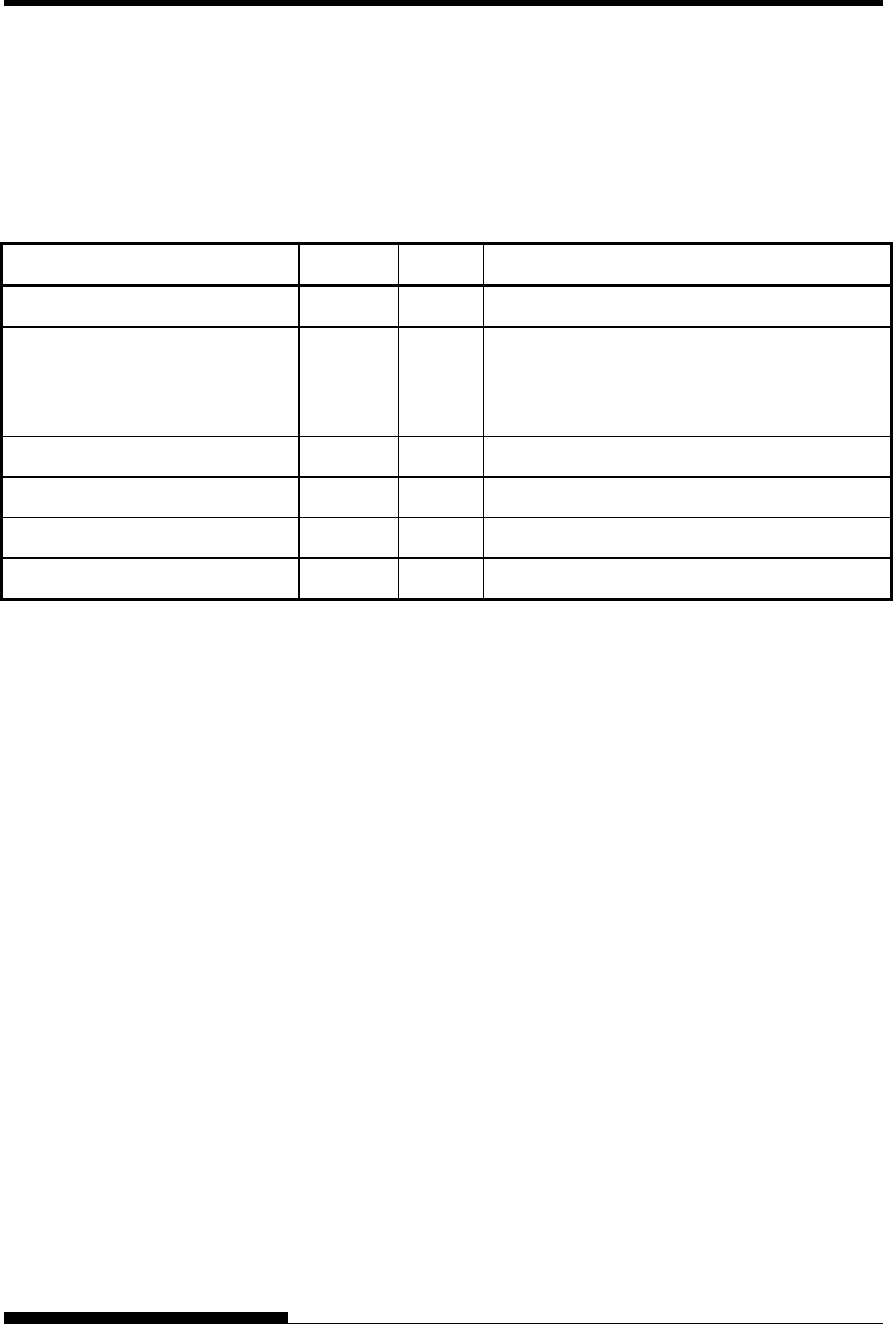
QUICK REFERENCE
User's Manual QR-3
Printer Operations (Normal Mode) (Cont.)
9: Operation can be performed when the printer is in this state.
— : Operation cannot be performed when the printer is in this state.
N/A: Does not apply.
Operation Online Offline Required Response
Enter setup mode — 9 Press AUTO GAP and HI IMPACT.
Exit to normal mode
Self-test printing
9 9 Start:Turn printer off. Press LF/FF while
turning printer on.
Pause/resume: Press LOAD.
Exit: Press ONLINE.
Continuous Line feed (forward) 9 9 Press MICROS and LF/FF.
Continuous Line feed (backward) 9 9 Press MICROT and LF/FF.
Front CSF BIN1 set 9 9 Press MICROS and ONLINE.
Rear CSF BIN1 set 9 9 Press MICROT and ONLINE.
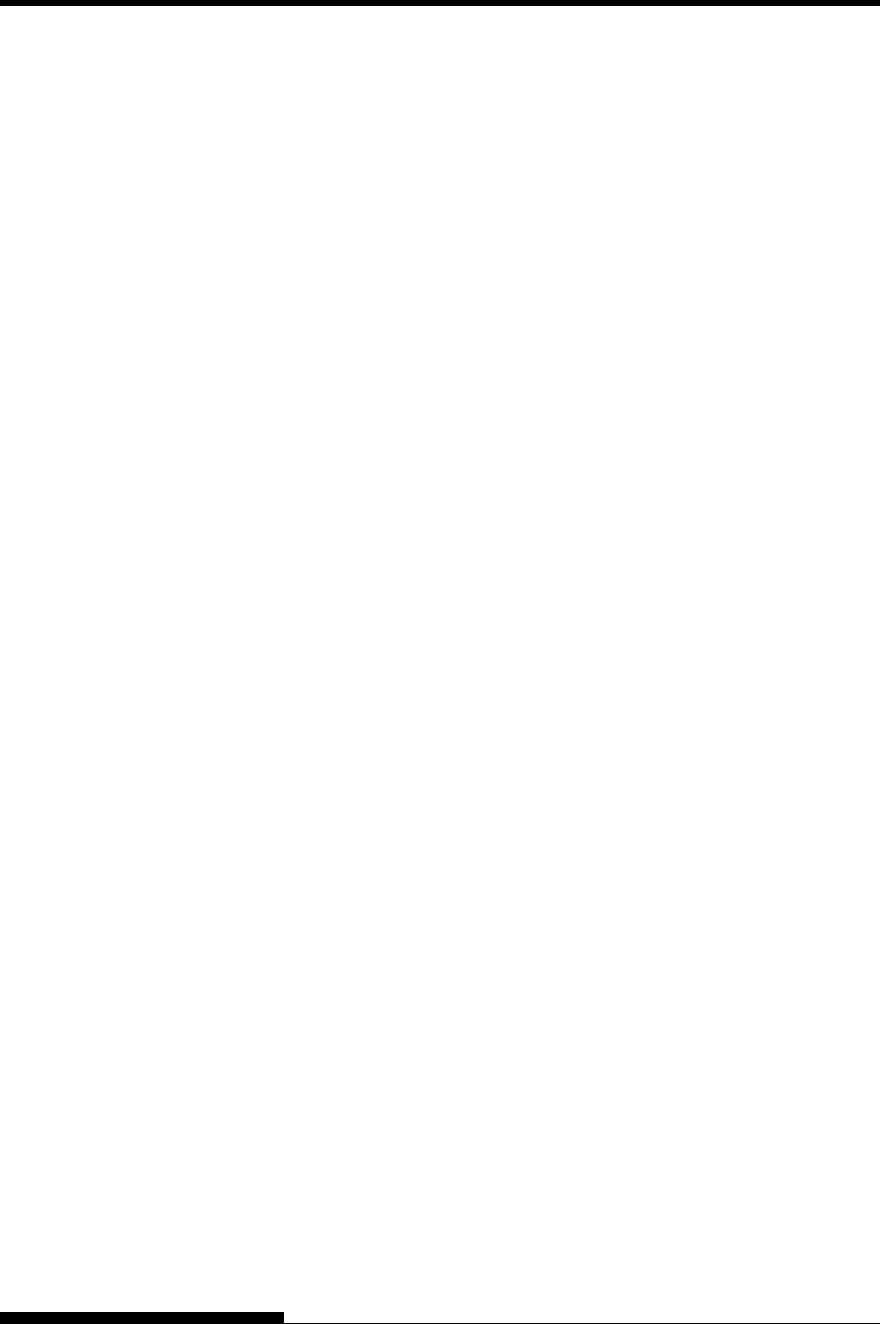
QUICK REFERENCE
QR-4 User's Manual
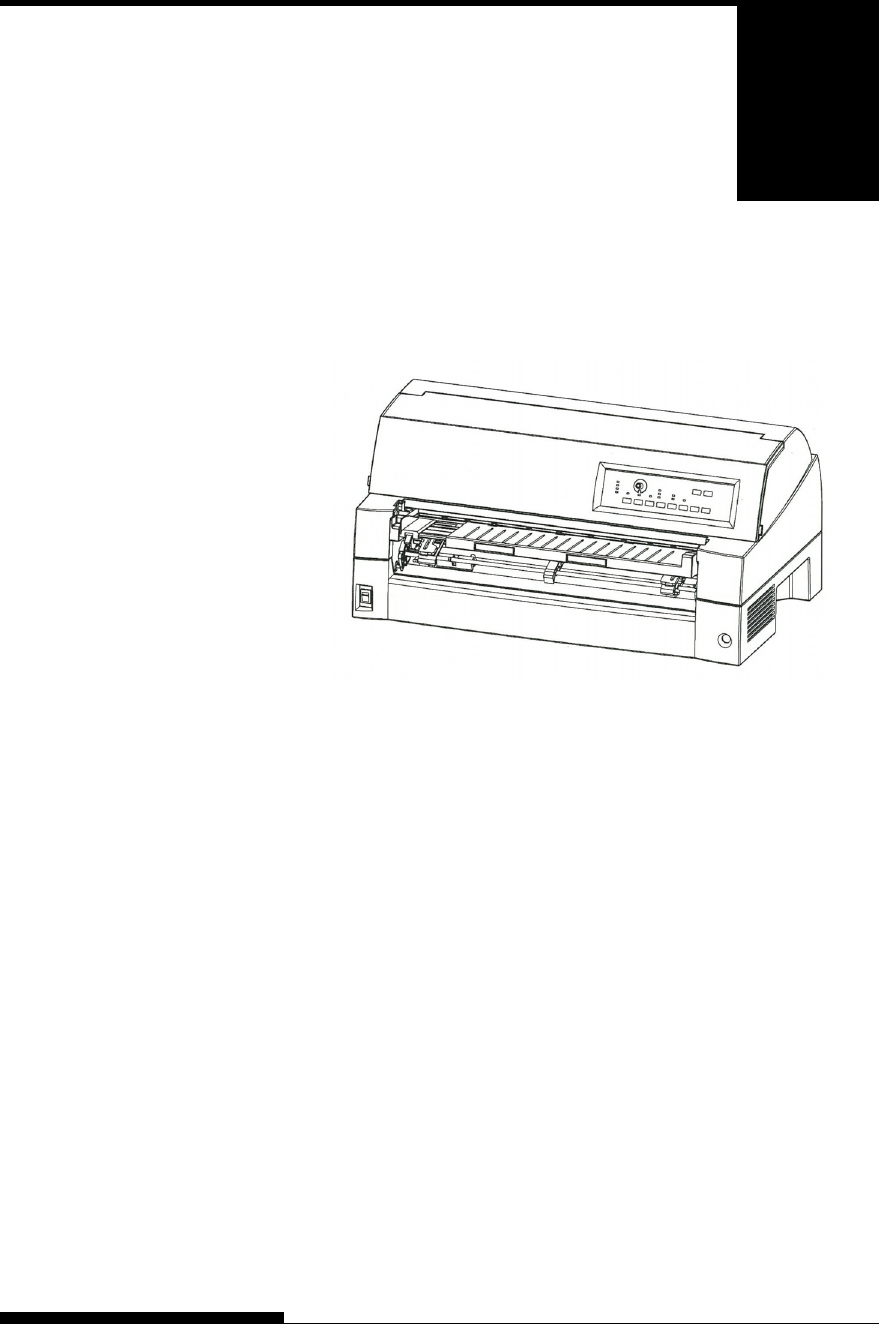
User's Manual 1-1
1
CHAPTER 1 INTRODUCTION
INTRODUCTION
Congratulations on purchasing this printer. This
printer is a compact, versatile, flat paper path
printer that offers maximum compatibility with
today’s software packages and personal computers.
The 24-wire print head provides crisp, clear printing for business, office,
and home environments. This printer is also easy to install and use.
DL7400 dot matrix printer (136 columns)
Key printer features, models and options are listed in the next two
sections.
• Software compatibility. This printer, which operates primarily with
the Fujitsu DPL24C PLUS command set, is compatible with the
IBM Proprinter XL24E command set and the Epson ESC/P2
command set.
• Various character sets. As basic character sets, IBM PC character
sets 1 and 2 are available for the Fujitsu DPL24C PLUS command
set and the IBM Proprinter XL24E emulation, and the italic
character set and graphics character sets 1 and 2 are available for the
Epson ESC/P2 emulation. As national character sets, a total of 56 or
58 national character sets (depending on the emulation), including
IBM PS/2 character sets, are available.
• Multiple fonts. The printer has nineteen resident fonts: Ten bit-map
fonts — Courier 10, Pica 10, Prestige Elite 12, Boldface PS, OCR-B
10, OCR-A 10, Correspondence, Compressed, Draft, and High-
speed Draft and nine outline fonts — Timeless, Nimbus Sans, and
Courier, each in upright, italic, and bold.
• High-speed printing. At 10 cpi, print speed ranges from 160 cps for
letter quality to 505 cps for draft quality.
FEATURES

INTRODUCTION
1-2 User's Manual
• Large print buffer. 128K bytes are available in total for storing
input data and downloading fonts. A large input data buffer allows
you to send files to the printer and return to work in your
application. A large download buffer allows you to use custom fonts.
• 136-column print line. 136-column printers print in landscape
mode using legal- or standard-size computer forms.
• Simple switching of paper types. The ability to “park” continuous
forms makes it easy to switch between continuous forms and single
sheets from the control panel. This switching is possible even for an
optional cut sheet feeder and second tractor.
• Dual tractor feeding capability. The tractor unit is removable and
can be converted to front-feed or rear-feed.
• Multi-path of paper. The printer has multiple paths to feed paper :
For the continuous form front and rear tractor(second tractor is
option), For cut sheet loading paper table (front), front csf(option),
rear csf(option).Also for cut sheet ejecting front and rear is
selectable(front eject paper require removing for next paper loading)
• Tear-off function. Available at both the front and the rear of the
printer. The tear-off button on the control panel is used.
• Hight copy capability
− Up to eight sheets for front/rear continuous forms and cut sheets
fed from front paper table.
− Up to five sheets for CSF fed
• Auto paper thickness control. Features as standard equipment.
• Auto interface selection. The printer automatically selects the
interface proper to the occasion.
(This function can’t move at single interface models)
• Paper skew detection. The printer detects a skew of paper that is
manually fed from the paper table and automatically ejects it without
printing.
• Area-over print prevention. The printer senses and memorizes the
left and right edges of paper when loading the paper. If receiving
data beyond either edge, the printer ignores it to prevent directly
printing on the platen.
• Maintenance-free. The printer only requires periodic cleaning and
changing of the ribbon cartridge.
• Power Supply type; 100-120VAC input
220-240VAC input
• Interface type; Centronics parallel + USB interfaces
Centronics parallel
Centronics parallel + RS232C serial interface
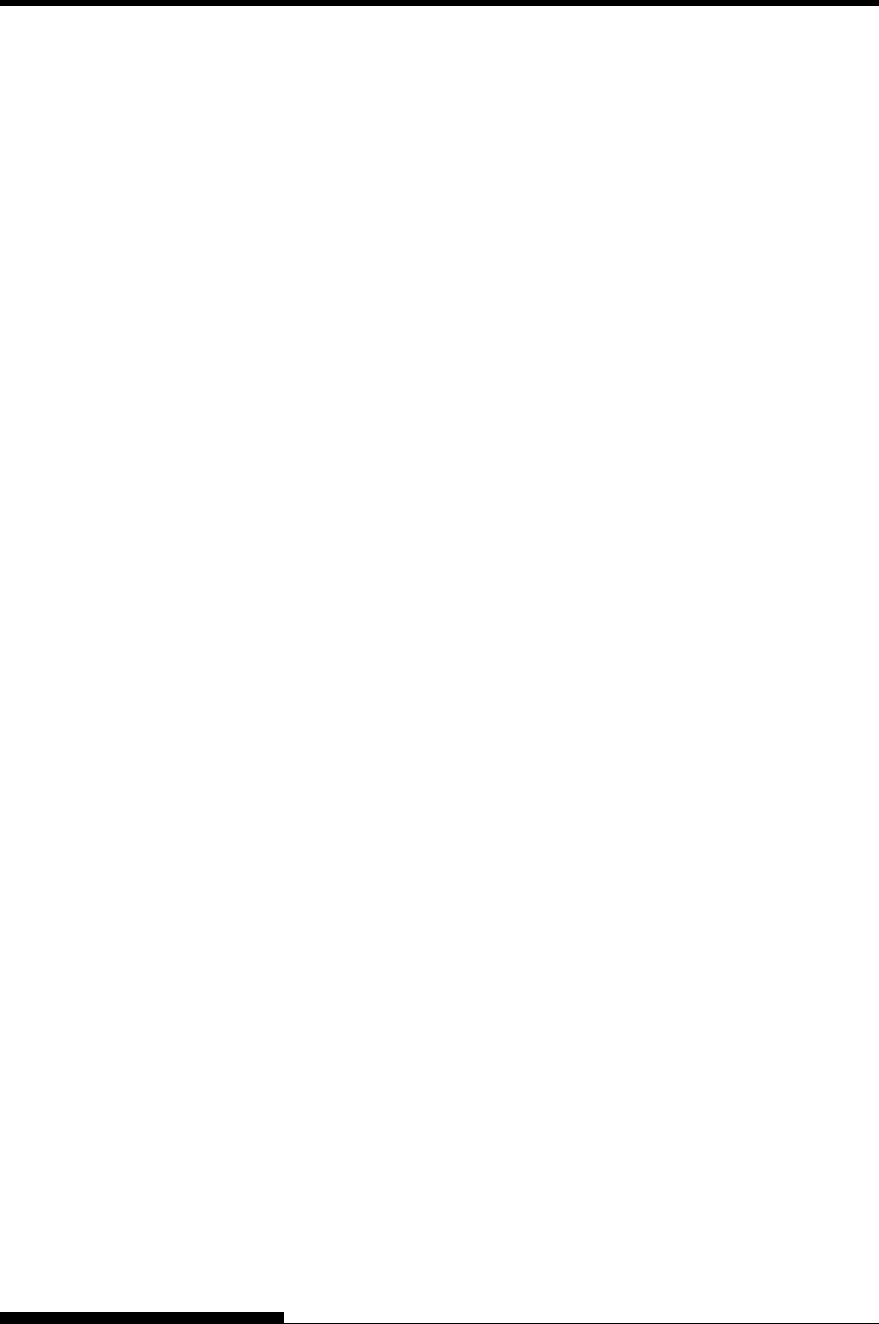
INTRODUCTION
User's Manual 1-3
Printer add-on options are listed below. For details, see Chapter 8.
• Cut sheet feeder. The SF940 single-bin feeder is available as an
option. Two cut sheet feeders can be installed in front of and behind
the printer at the same time. A cut sheet feeder allows single cut
sheets and multiple-part cut sheets to be fed automatically.
• Tractor unit. A second tractor unit may be bought as an additional
option if dual tractor feeding capability is required.
• LAN card. A LAN card is available as a printer add-on option. A
user installable function, the LAN card can be installed only on
printer models with the Centronics parallel + USB interfaces. For
details, see Chapter 8.
• Large paper table. The large paper table helps to increase
operability when large cut sheets are used.
Also, sheets that are output from the front are easier to keep properly
organized.
• Large stacker. The large stacker accommodates sheets output from
the rear. It is used in continuous printing with a cut sheet feeder.
MODELS OPTIONS
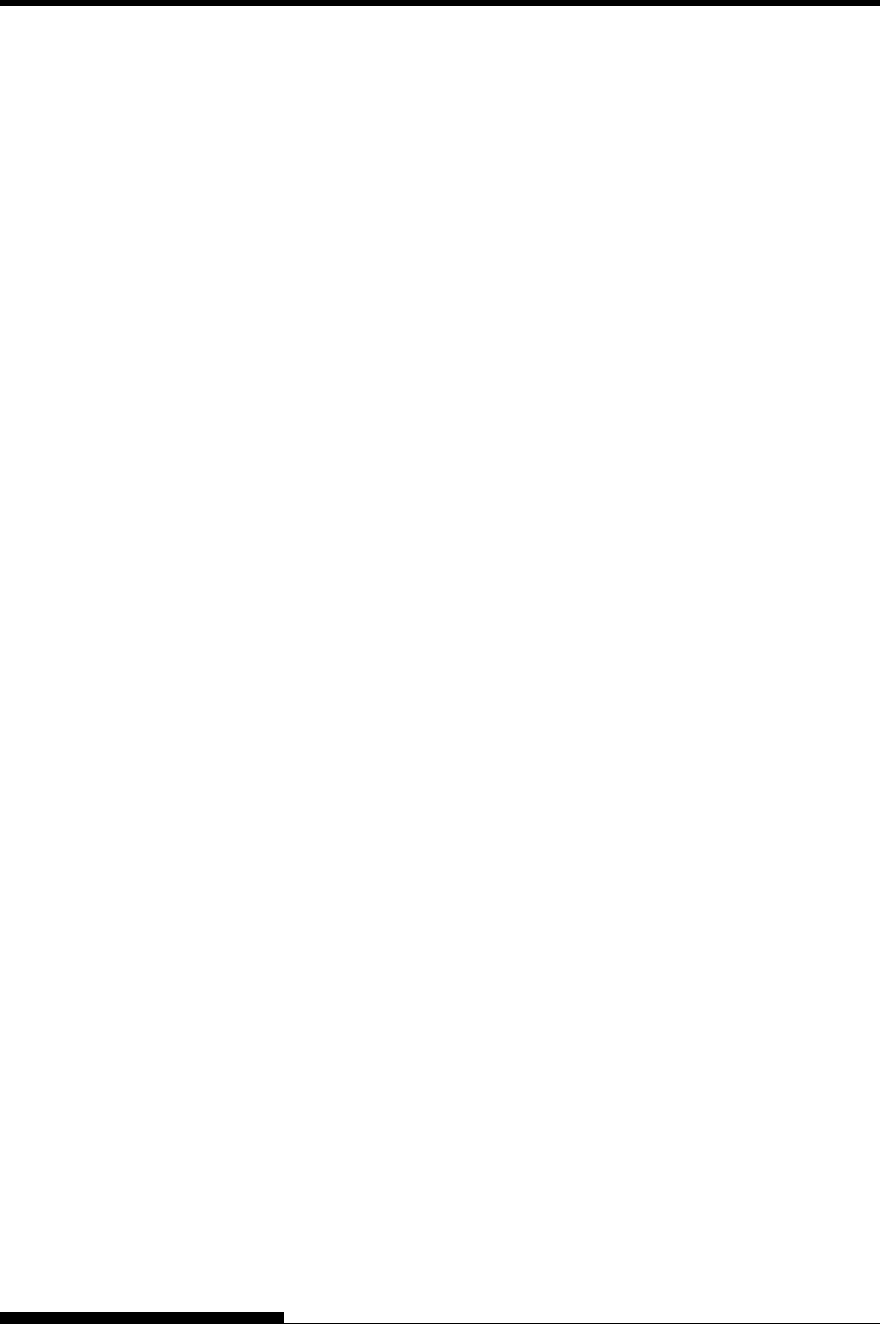
INTRODUCTION
1-4 User's Manual

User's Manual 2-1
2
CHAPTER 2 SETTING UP
SETTING UP
Your new printer is easy to install and set up.
This chapter tells you how to set up the printer
and start printing right away. If this is your first
printer, you should read the entire chapter before
attempting to use the printer.
In this chapter, you will learn how to:
• Unpack, assemble, and select a good location for the printer
• Identify the printer’s major parts
• Connect the power and interface cables
• Test the printer before connecting it to your computer
• Install the printer driver
• Select an emulation and print a sample page using your software
If you have a problem while setting up the printer, review the section
Solving Problems in Chapter 7. If the problem persists, contact your
dealer.
This printer is suitable for most business, office, and home environments.
To obtain peak performance from the printer, select a location that meets
the following guidelines:
9 Place the printer on a sturdy, level surface.
9 Place the printer near a well-grounded AC power outlet.
9 Ensure easy access to the front and rear of the printer by leaving
several inches of space around the printer. Do not block the air
vents on the front, left, and right sides of the printer.
9 Do not place the printer in direct sunlight or near heaters.
9 Make sure that the room is well-ventilated and free from
excessive dust.
9 Do not expose the printer to extremes of temperature and
humidity.
SELECTING A GOOD
LOCATION

SETTING UP
2-2 User's Manual
9 Use only the power cord supplied with the printer or
recommended by your dealer. Do not use an extension cord.
9 Do not plug the printer into a power outlet that is shared with
heavy industrial equipment, such as motors, or appliances, or
such as copiers or coffee makers. Such equipment often emits
electrical noise or causes power degradation.
Unpack the printer as follows:
1. Open the carton and remove the printer and its components.
Make sure that you have all of the items shown below. Note that
the power cord supplied depends on the printer model (100-120
or 220-240 VAC power supply).
Checking items received
UNPACKING THE
PRINTER
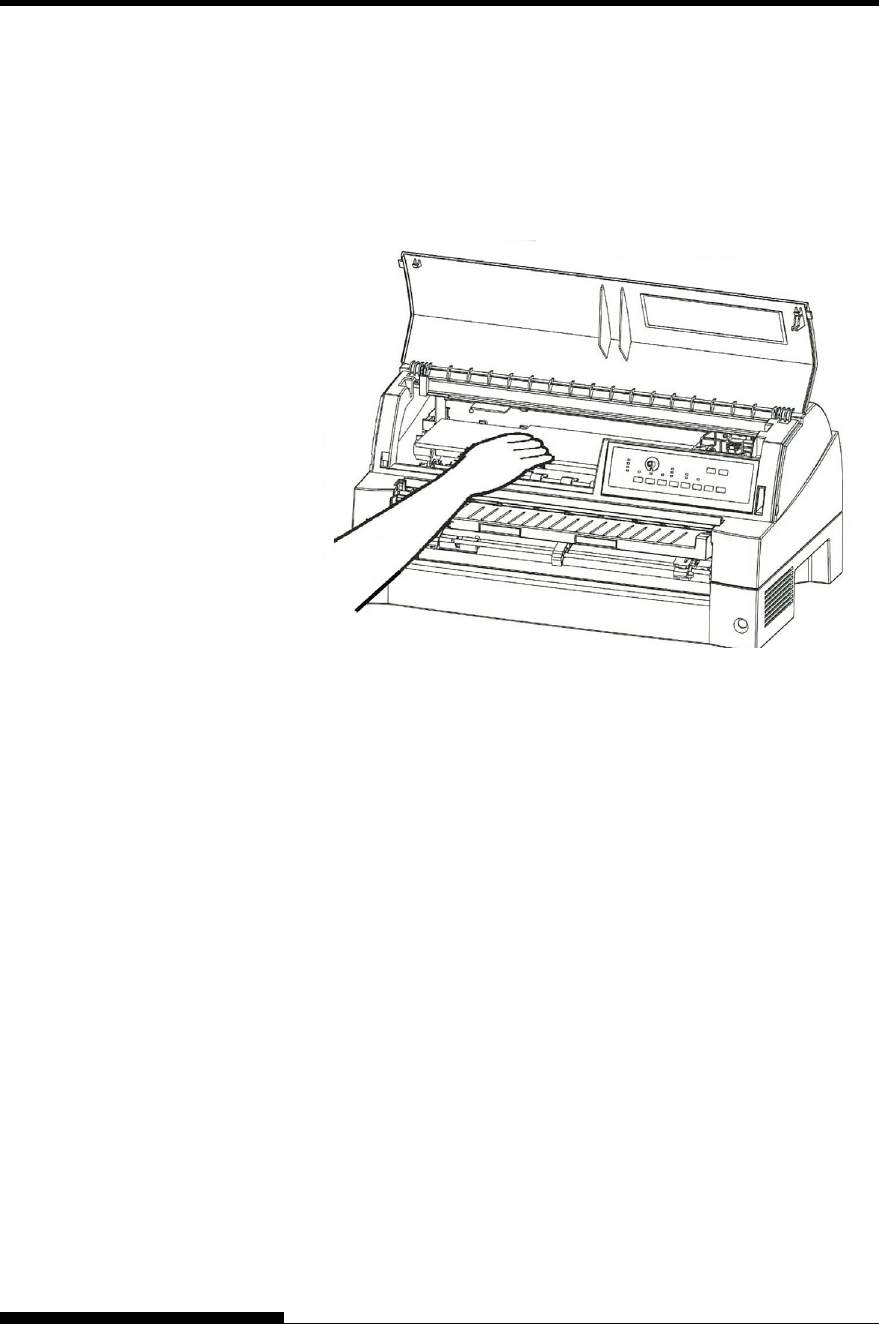
SETTING UP
User's Manual 2-3
2. Carefully examine each item for damage. Report any problems
to your dealer or shipping agent.
3. Place the printer where you plan to use it.
4. Remove the tapes and cushions securing the printer. Open the
front cover and remove the shipping restraint cardboard that
holds the print head carriage in place (shown below).
Removing the shipping restraint cardboard
5. Store the original shipping carton and packaging materials for
future use. For example, the original packaging is ideal for use
when you move or ship your printer to another location.
NOTE
The interface cable is not included with the printer. You must
purchase it separately. Connection of the interface cable is described
later in this chapter.

SETTING UP
2-4 User's Manual
Checking Options and Supplies
The following options and supplies, if ordered, are shipped separately:
• LAN card (option)
• Cut sheet feeder (option)
• Tractor unit (option)
• Extra monochrome ribbon cartridges
Make sure that you received all the options you ordered. Installation of
options is described in Chapter 8.
Once you are sure you have everything, you are ready to assemble the
printer.

SETTING UP
User's Manual 2-5
This section explains how to setting the paper table and ribbon cartridge.
Setting the paper table
Turn the paper table (1) as shown in the table below, then push it (2) and
set it (3).
The complete setup conditions are shown below. Make sure that the top
end of the paper table is engaged with the printer guide pin and the guide
pin on the paper table is inserted into the cover groove.
NOTE
Do not apply unreasonable force while you are setting the paper
table. It could cause damage. Also, do not leave the paper table in
incomplete setting. Running the printer with the paper table left in
incomplete conditions could cause a paper jam.
ASSEMBLING THE
PRINTER
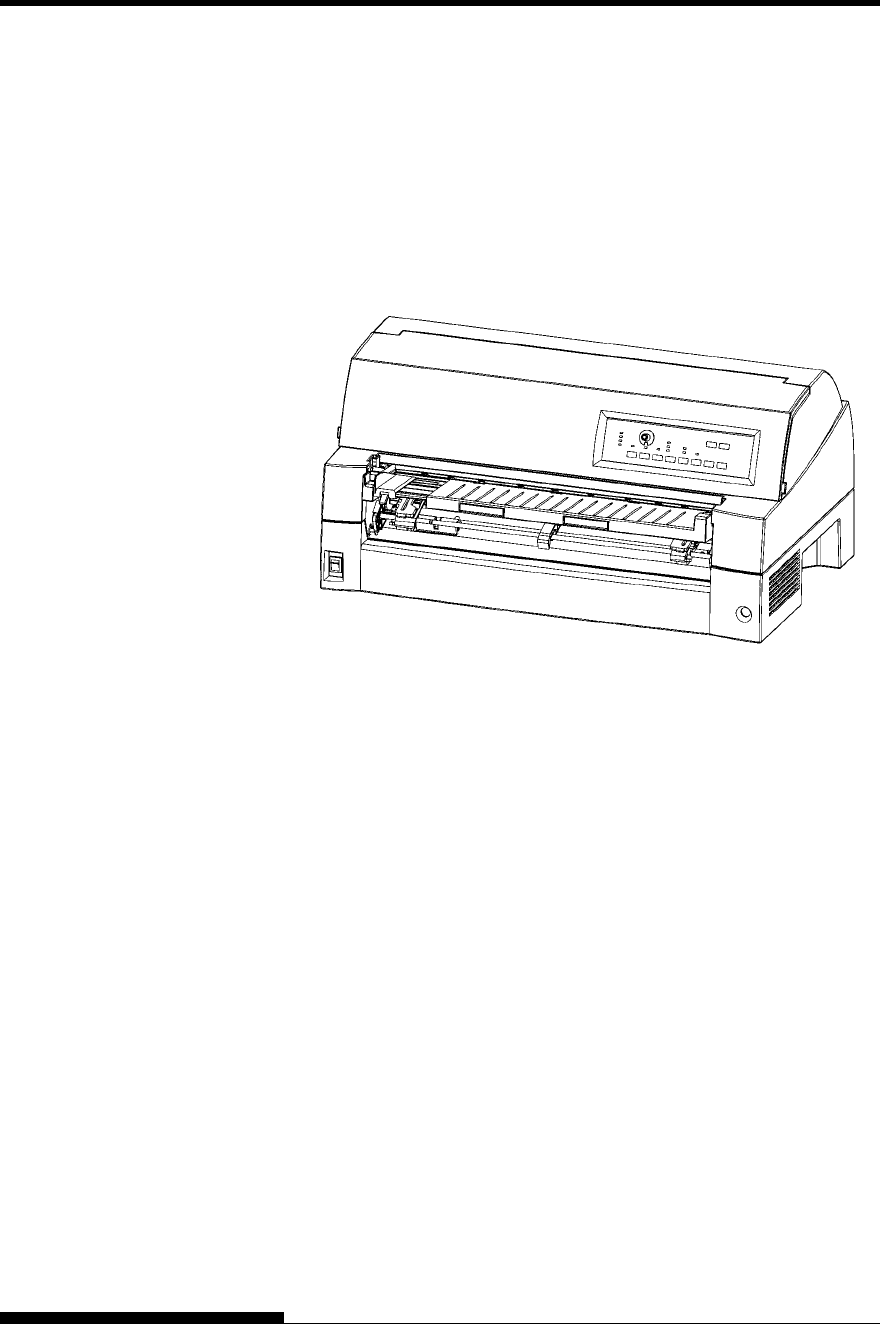
SETTING UP
2-6 User's Manual
Handling the paper table
You must open and close the paper table when you feed continuous
forms using the front tractor or you attach the cut sheet feeder to the front
of the printer.
Normal mode
The following figure shows the paper table in normal mode.
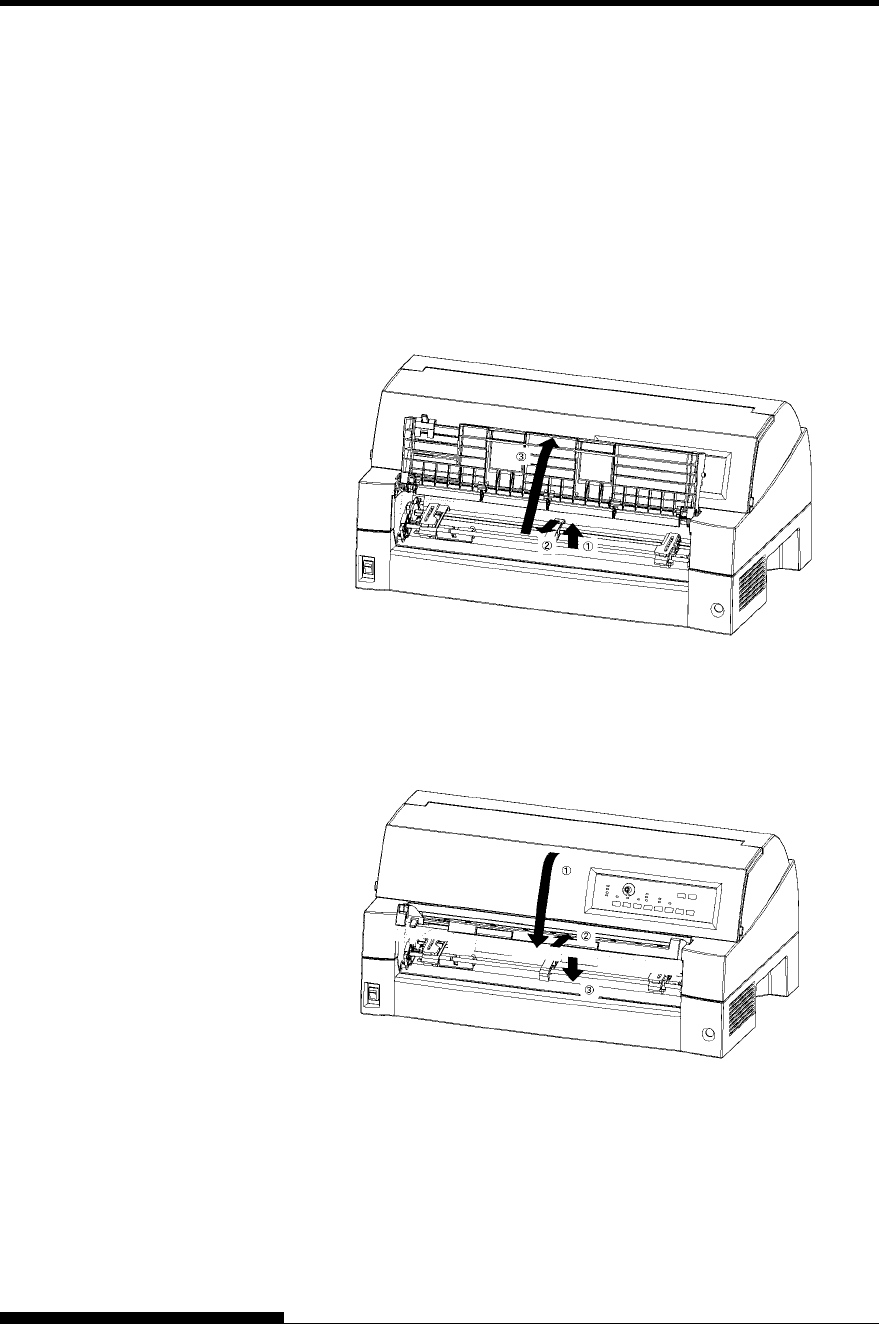
SETTING UP
User's Manual 2-7
Open mode in which the front tractor is attached or
detached or when continuous forms are fed using
the front tractor
When you attach the optional cut sheet feeder to the front of the printer,
open the paper table and proceed as follows:
1 Open the paper table.
Slightly raise the front end of the paper table (1), then pull (2) and
lift the table (3).
2 Close the paper table.
Lower the paper table as shown in the figure below (1), then push
(2) and close (3) the table.
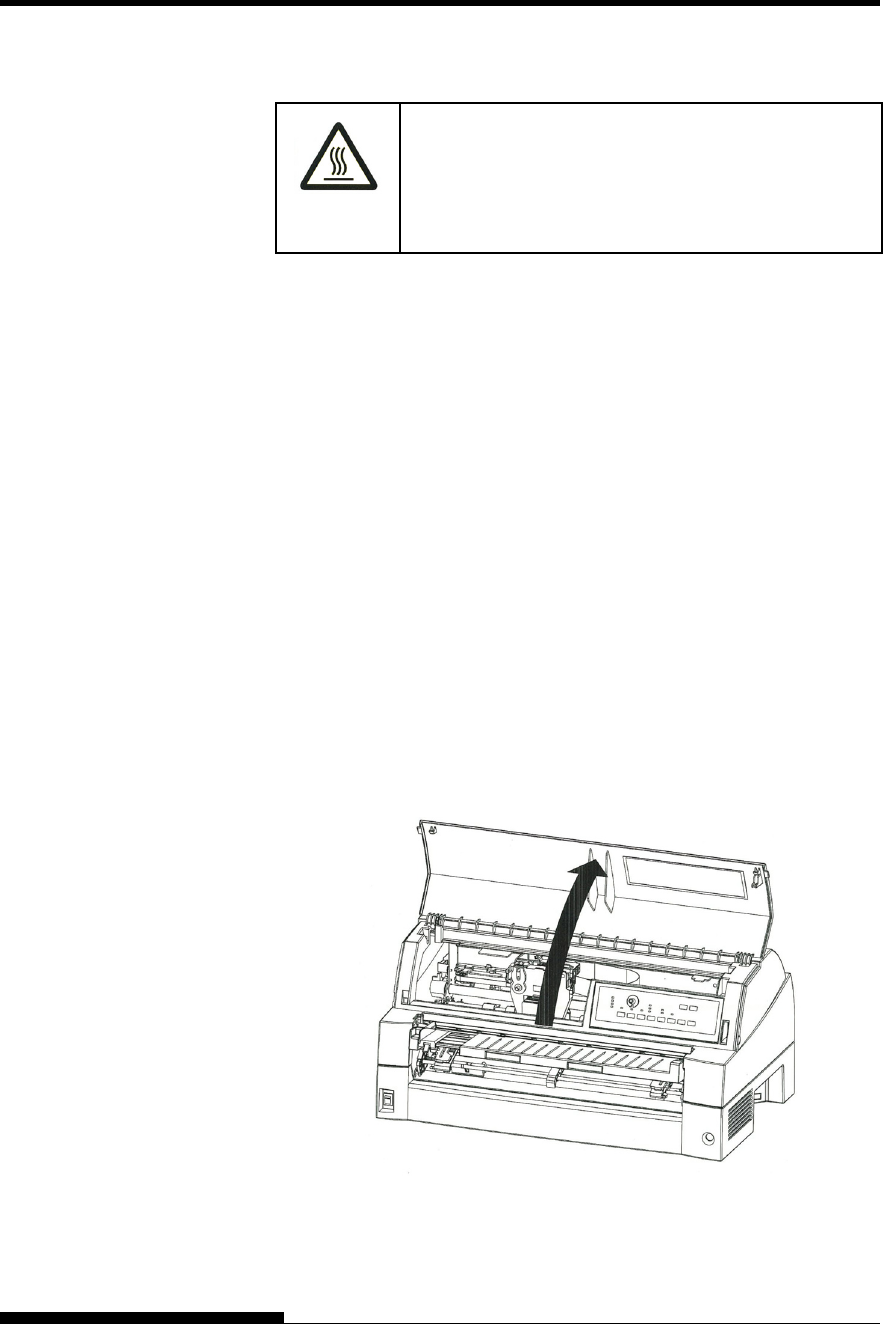
SETTING UP
2-8 User's Manual
Installing the Ribbon cartridge
(HOT)
CAUTION <HOT>
The print head and metal frame is hot during
printing or immediately after printing. Do not touch
them until it cools down.
1. Prepare the printer to install the ribbon cartridge.
Make sure that the print head protecting cardboard used for
transportation has been removed, then turn on the printer power with
the top cover closed. Ensure that the print head moves and stops at
the ribbon replacement position.
NOTE
If you turn on the printer power with the top cover open, the
print head does not move. Turn the printer power with the
top cover closed.
2. Turn off the printer power.
Make sure that the power switch is set to the “{” side.
3. Open the front cover of the printer. Slide the print head carriage so
that its center is at the position for replacing the ribbon cartridge
(indicated by the triangle marking on the front of the upper cover).
Preparing the printer to install the ribbon cartridge
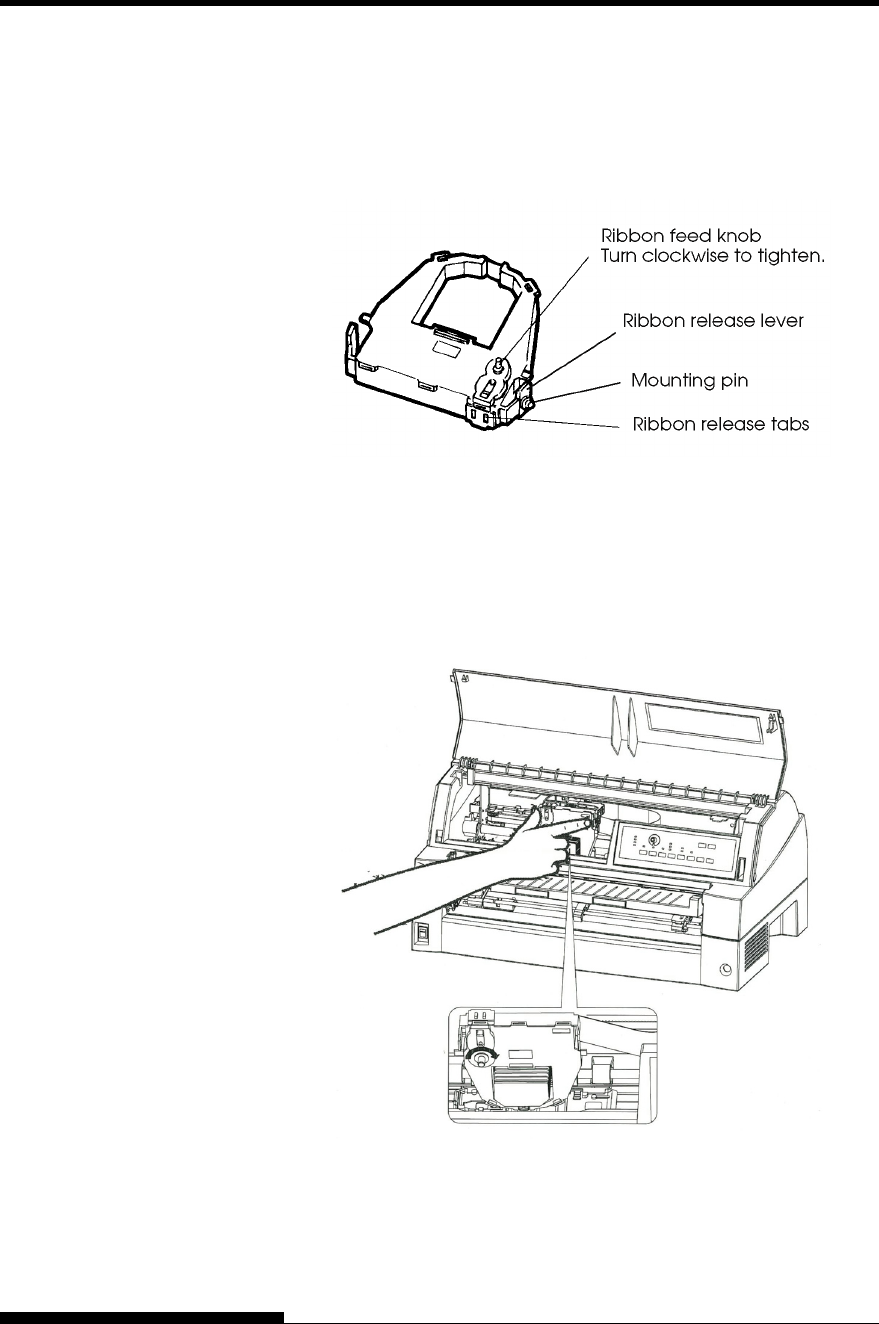
SETTING UP
User's Manual 2-9
4. Remove the ribbon cartridge from its package. Push in the two
ribbon release tabs. The tabs snap into the cartridge and the ribbon
feed mechanism engages.
Turn the ribbon feed knob clockwise to be sure that it feeds
properly.
Preparing the ribbon cartridge
5. Locate the two ribbon release levers on either side of the ribbon
cartridge. Each ribbon release lever has a mounting pin on the side.
Place the mounting pins on the ribbon support bracket of the print
head cartridge. Insert the ribbon so that the ribbon falls between the
nose of the print head and the plastic print guide.
Installing the ribbon cartridge
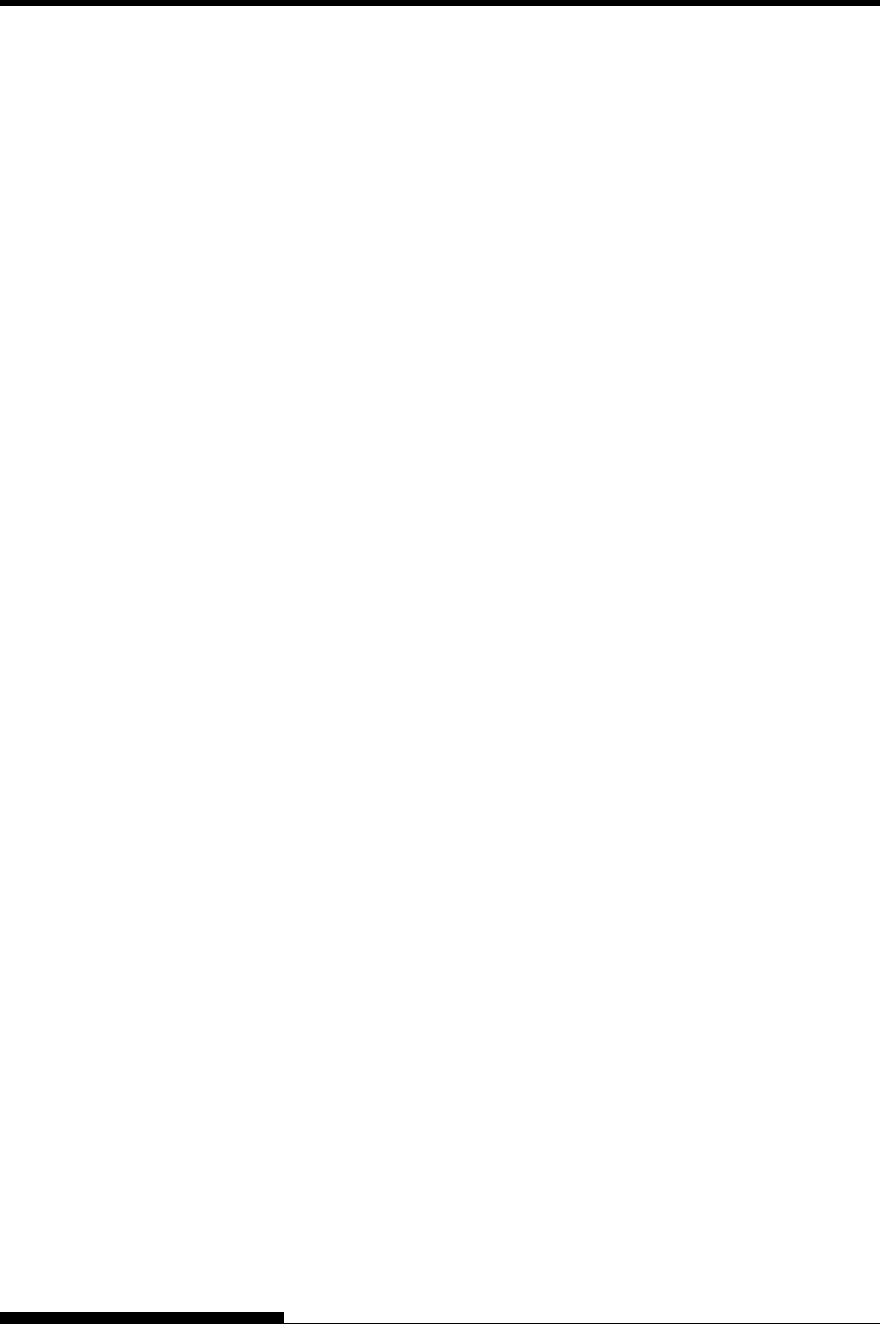
SETTING UP
2-10 User's Manual
6. Press the ribbon release levers inward until the mounting pins snap
into the holes of the ribbon support brackets. Gently pull on the
cartridge to be sure that the pins are secure in the holes.
7. Turn the ribbon feed knob clockwise to take up any slack in the
ribbon.
8. Close the front cover.
NOTE
A Fujitsu ribbon cartridge is recommended. Don’t use other
cartridges. If other cartridges are used, operating problems or a
damage of the print head may be caused.
Selecting the Tractor Unit Position
NOTE
This printer uses a detachable tractor that can be used on either the
front or back of the printer. You can attach the tractor to either the
front or back of the printer according to your installation or
operating conditions. The printer is delivered to you with the tractor
attached to the front. You can detach it from the front and then
attach it to the back if needed.
See “SELECTING PAPER PATH” in Chapter 3.
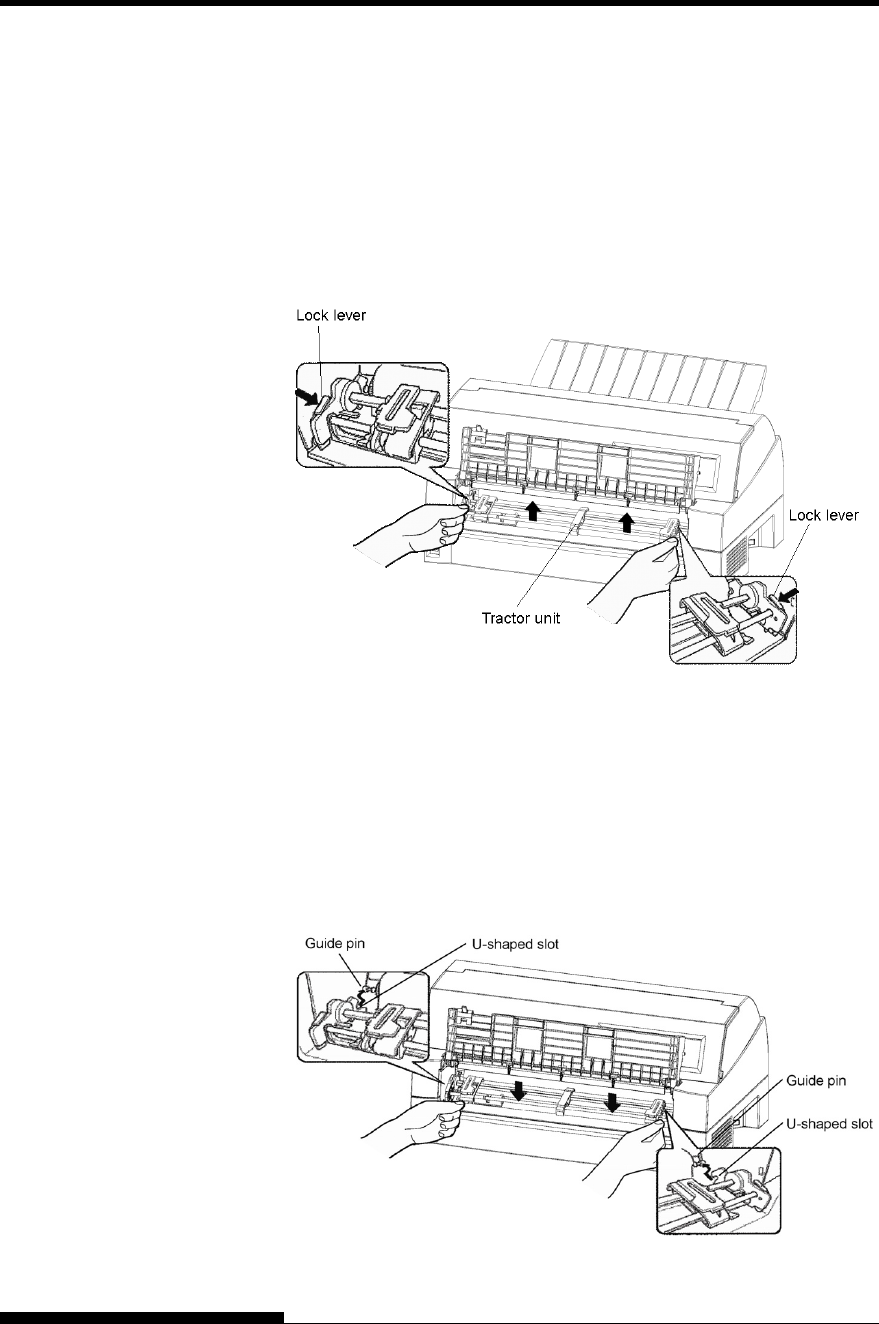
SETTING UP
User's Manual 2-11
Mounting and removing the tractor unit
Tractor unit at the front
[Removing the tractor unit]
Raise the cut sheet table. While pressing the lock levers of the
tractor frames located on both sides of the tractor unit, lift out the
tractor unit to remove it.
[Mounting the tractor unit]
1) Position the U-shaped slots on both sides of the tractor unit over the
guide pins of the printer unit. (To set the tractor unit in position, line
it up with the groove of the left guide pin. The right guide pin has
no groove).
2) Push down the shaft at the front of the tractor unit until it locks with
an audible click. (Do not press the lock levers when pushing down
the shaft.)
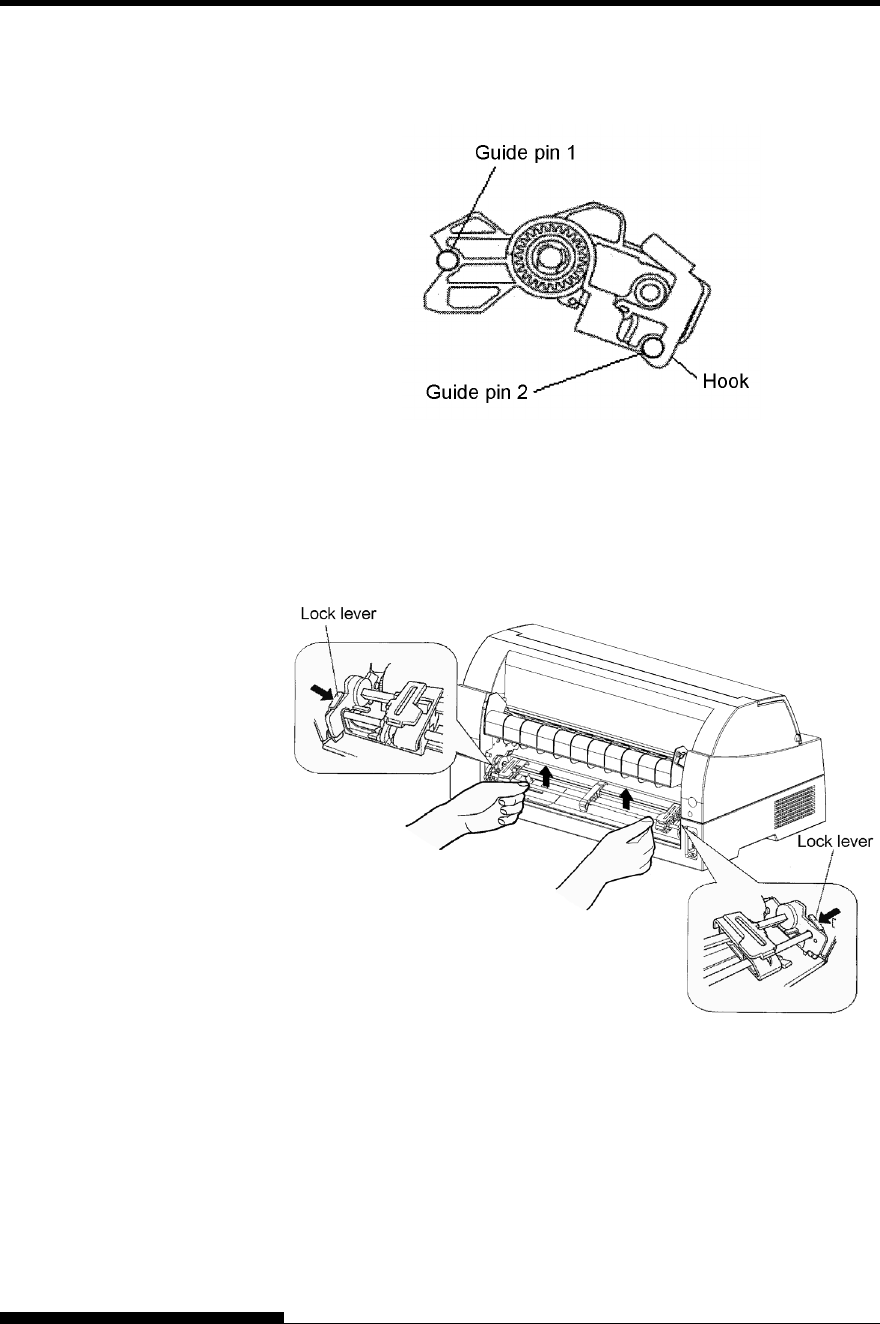
SETTING UP
2-12 User's Manual
3) Verify that the hooks on both sides of the tractor unit are securely
hooked onto guide pin 2 as shown in the following figure.
Tractor unit at the rear
[Removing the tractor unit]
While pressing the lock levers of the tractor frames located on both
sides of the tractor unit, lift out the tractor unit to remove it.

SETTING UP
User's Manual 2-13
[Mounting the tractor unit]
1) Position the U-shaped slots on both sides of the tractor unit over
the guide pins of the printer unit. (To set the tractor unit in
position, line it up with the groove of the left guide pin. The
right guide pin has no groove).
2) Push down the shaft at the front of the tractor unit until it locks
with an audible click. (Do not press the lock levers when
pushing down the shaft.)
3) Verify that the hooks on both sides of the tractor unit are
securely hooked onto guide pin 2 as shown in the following
figure.
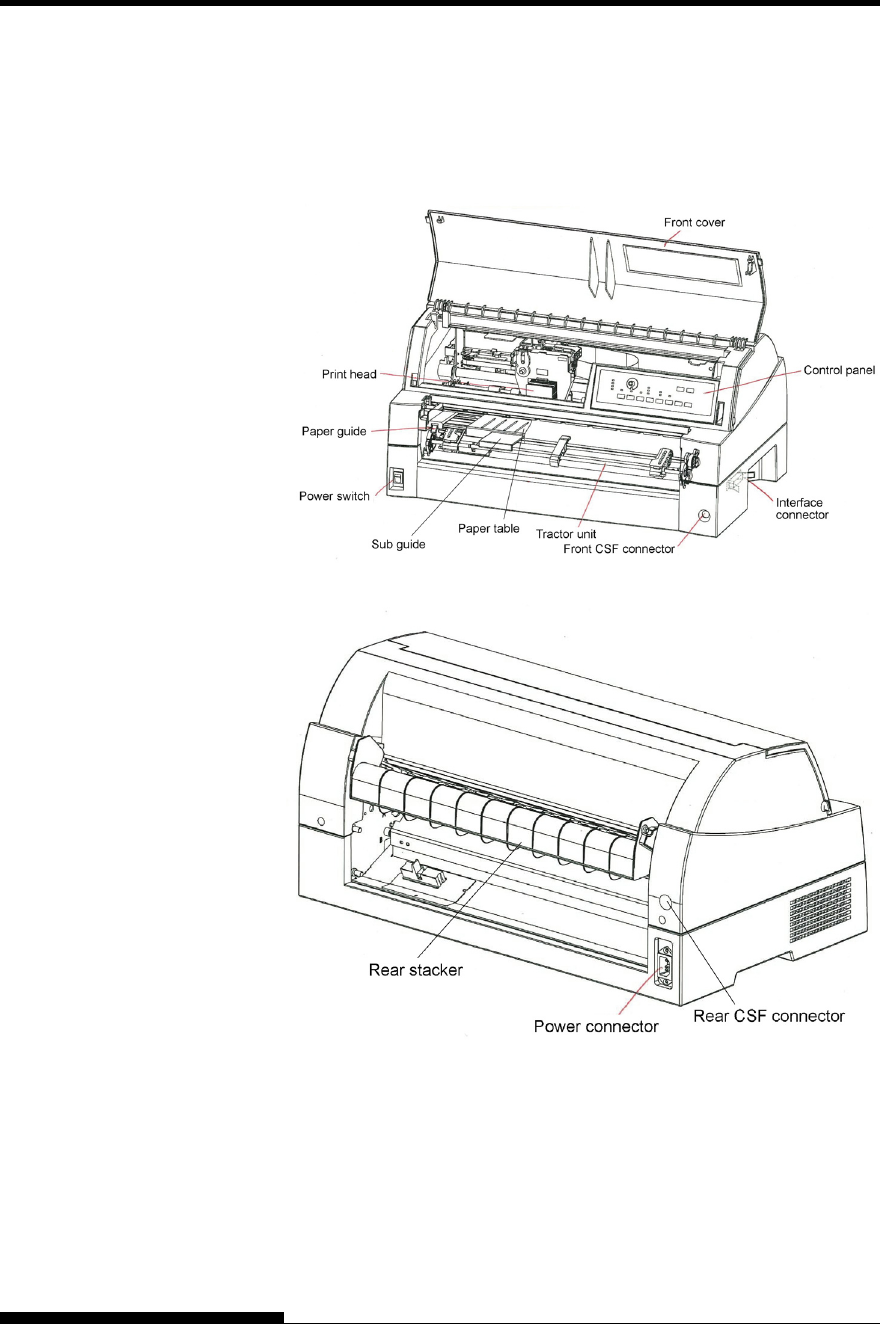
SETTING UP
2-14 User's Manual
Now that your printer is assembled, take a moment to become familiar
with its major parts.
Looking at the printer from the front right side and rear left side, you can
see the parts of the printer shown in the figure below.
Printer components
The printer control panel has the buttons and indicators used to load and
feed paper (see Chapter 3) and select print features (see Chapter 4). The
control panel also allows you to change the printer’s optional settings
(see Chapter 5).
GETTING
ACQUAINTED WITH
YOUR PRINTER

SETTING UP
User's Manual 2-15
Before you plug in the printer:
9 Make sure that the printer power is switched off. The side
marked “{” on the power switch should be depressed.
9 Make sure that the power outlet is properly grounded.
9 Make sure that you use the power cord shipped with the printer.
This cord is designed to minimize radio frequency interference.
To plug in the power cord:
1. Plug one end of the power cord into the power connector on the
rear of the printer.
2. Plug the other end of the power cord into the power outlet.
Connecting the power cord
3. Make sure that the power cord is securely connected.
4. Turn on the power by pressing the side marked “I” on the power
switch. The POWER indicator on the printer control panel will
light, the print head will move to its home position within a few
seconds, and the ONLINE indicator will light (green).
NOTE
If no forms are loaded, the printer beeps and the red PAPER OUT
indicator lights and the ONLINE indicator will not light.
CONNECTING THE
POWER CORD
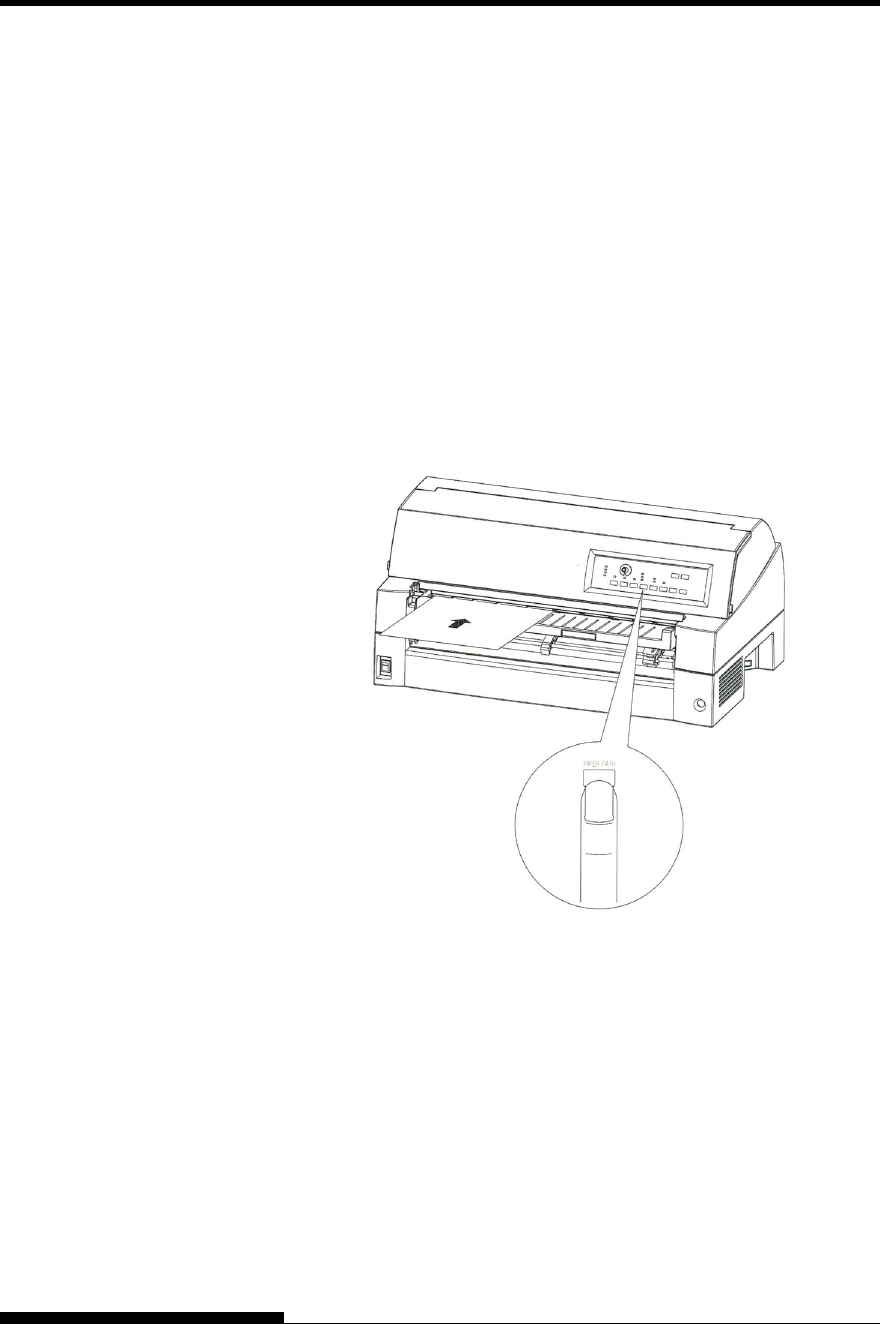
SETTING UP
2-16 User's Manual
At this point, load paper and run the printer self-test. The self-test checks
printer performance and print quality before you connect the printer to
the computer. Use either single sheets or continuous forms (see Chapter
3). This section describes the self-test procedure using single sheets.
Loading Paper for the Self-Test
To print the self-test, use paper wider than 215.9 mm (8.5 inches) and set
the left paper guide all the way to the right to avoid clipping the test
pattern. Standard letter or A4 size paper can be used lengthwise (portrait
mode). Pull the subguide out as required to accommodate the paper size.
Before loading paper, make sure that the printer is on. Then, proceed as
follows:
1. Press the PAPER PATH button on the control panel to select the
cut sheet mode (the CUT SHEET indicator LED lights).
Loading a sheet of paper
2. Insert a sheet of paper (A4 or larger) into the printer, keeping it
aligned with the paper guide on the left hand side of the paper
table. The sheet will automatically be pulled into the printing
start position.
TESTING THE
PRINTER (OFFLINE)
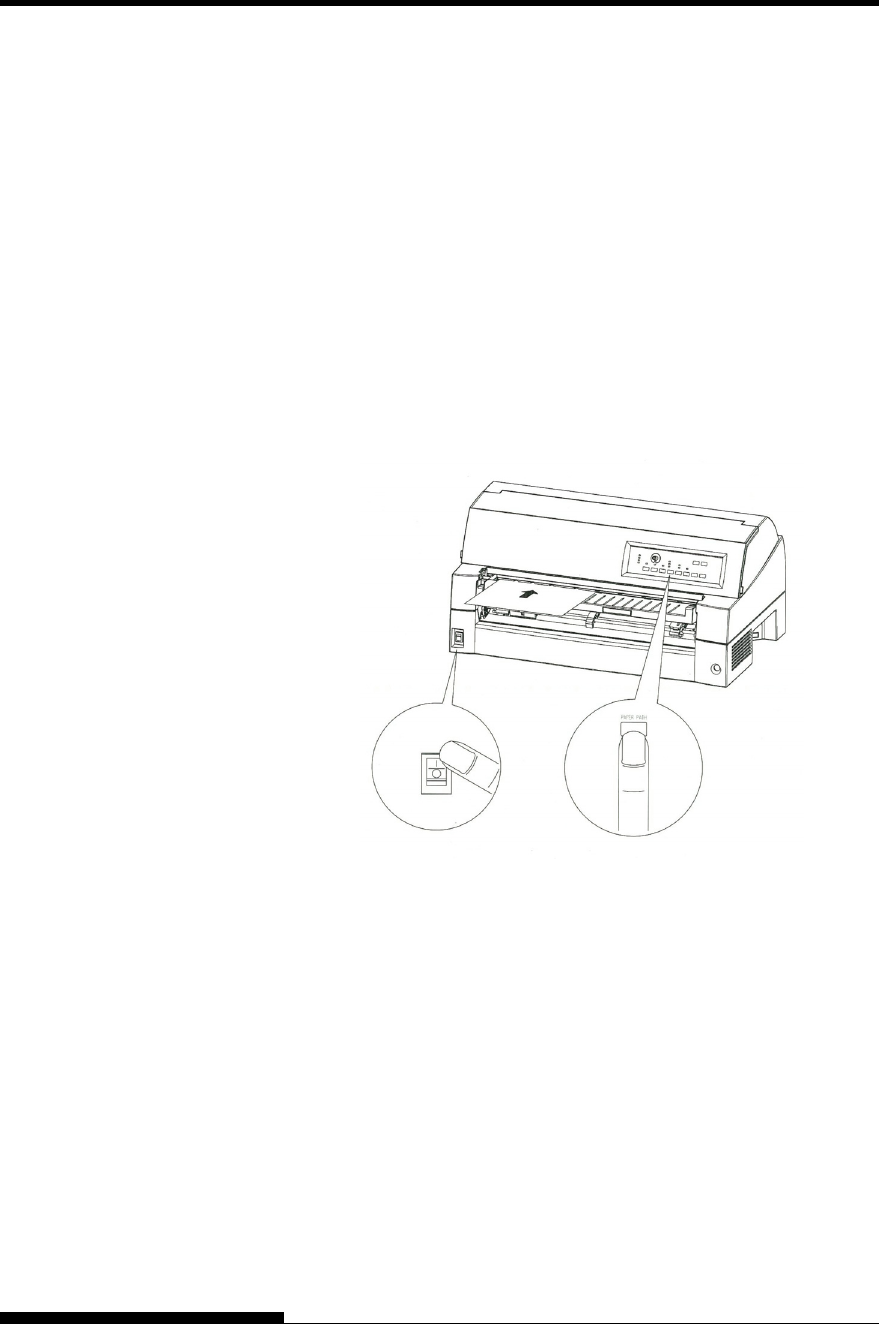
SETTING UP
User's Manual 2-17
Printing the Self-Test
The printer has a built-in self-test program. The self-test prints the
firmware version, the names of the printer’s resident emulations, and all
of the characters available in the emulations. The self-test prints 80
characters per line.
To print a self-test page, make sure that a sheet of paper is loaded.
Then proceed as follows:
1. Turn the printer off.
2. While pressing the LF/FF button, turn the printer back on.
Keep the LF/FF button pressed until the printer beeps.
Self-test printing will start.
Starting the self-test
3. Allow printing to continue for a dozen or more lines of repeat
printing. To exit the self-test mode, press the ONLINE button.
Then press the LOAD button to remove the test page.
4. Examine the self-test page. It should look like the sample on the
next page.
Check that printing is uniform and that there are no light, dark,
or smudged areas. If the print quality is good, go to step 5.
Otherwise, try to correct the problem as follows:
• Make sure that the ribbon is installed correctly.
• Load a new sheet of paper.
• Repeat the self-test procedure.

SETTING UP
2-18 User's Manual
Sample self-test page
5. To exit the self-test mode, press the ONLINE button. The
printer will return online.
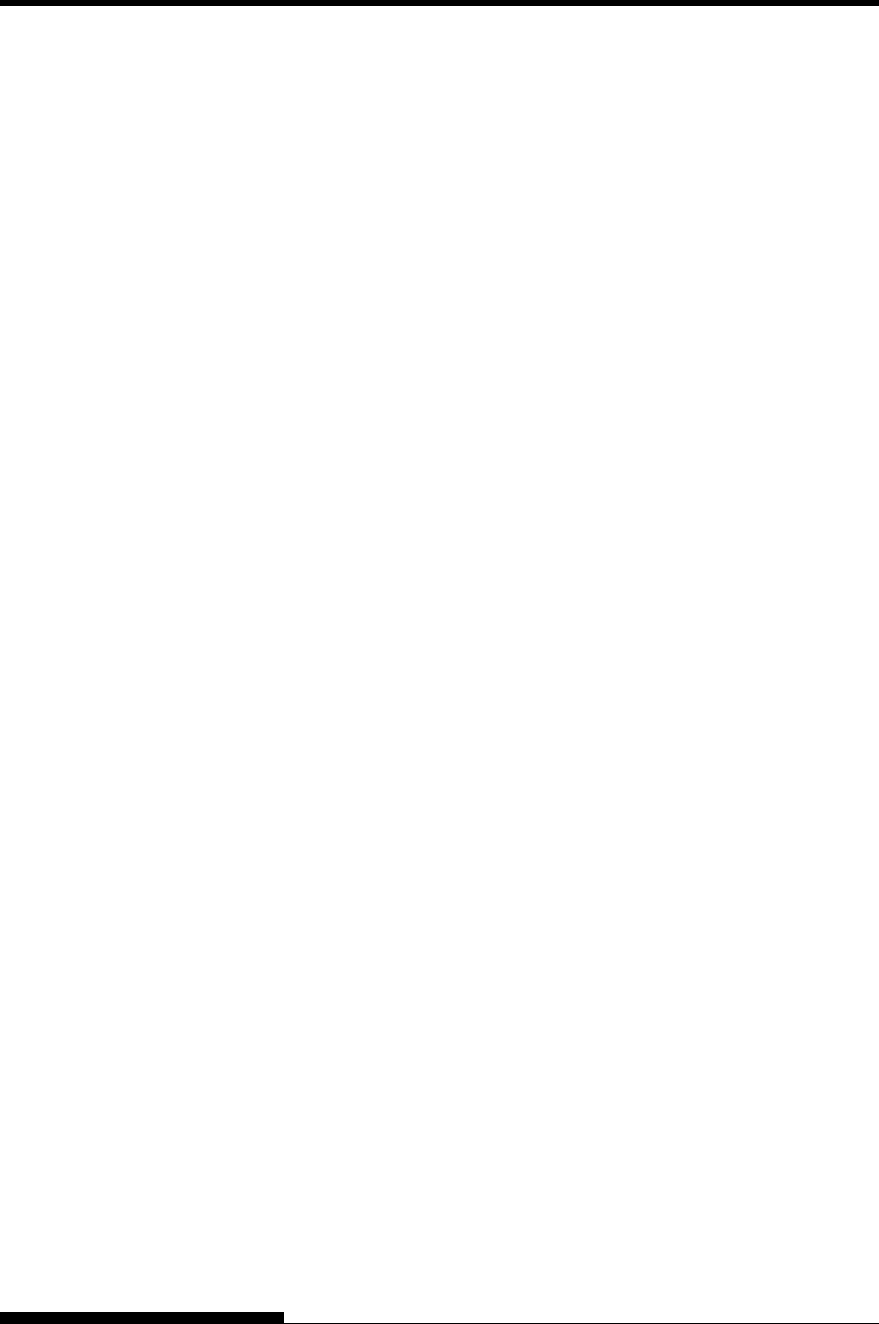
SETTING UP
User's Manual 2-19
NOTE
The printer can also print a special “demo pattern” that illustrates
some of the printer’s capabilities. To print the demo pattern:
1. Load a sheet of paper (A4 or larger).
2. Turn the printer off .
3. While pressing the FRONT DIR button, turn the printer back
on.
The printer will start printing the demo pattern.
4. The demo pattern stops printing after one page. To pause or
restart the demo during printing of a page, press the ONLINE
button.
5. To exit demo mode, turn the printer off.

SETTING UP
2-20 User's Manual
Demo pattern